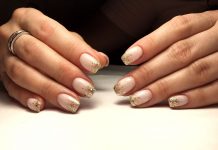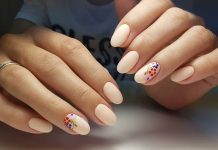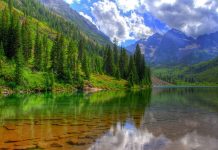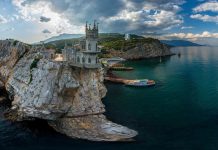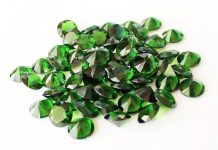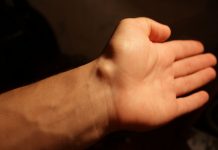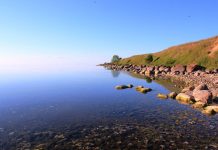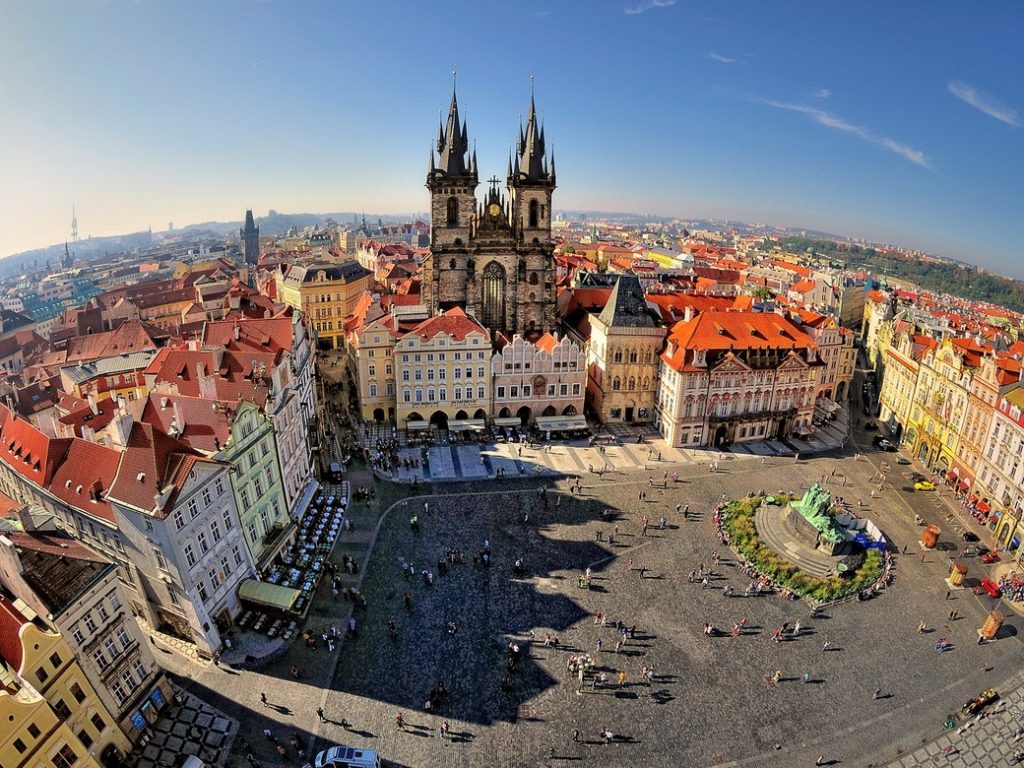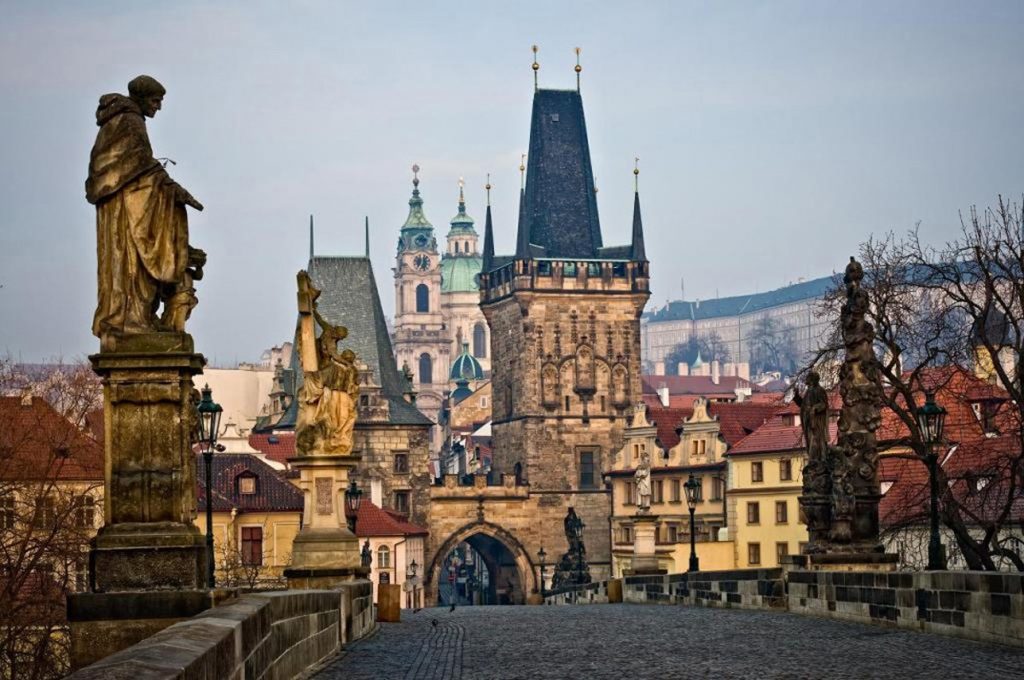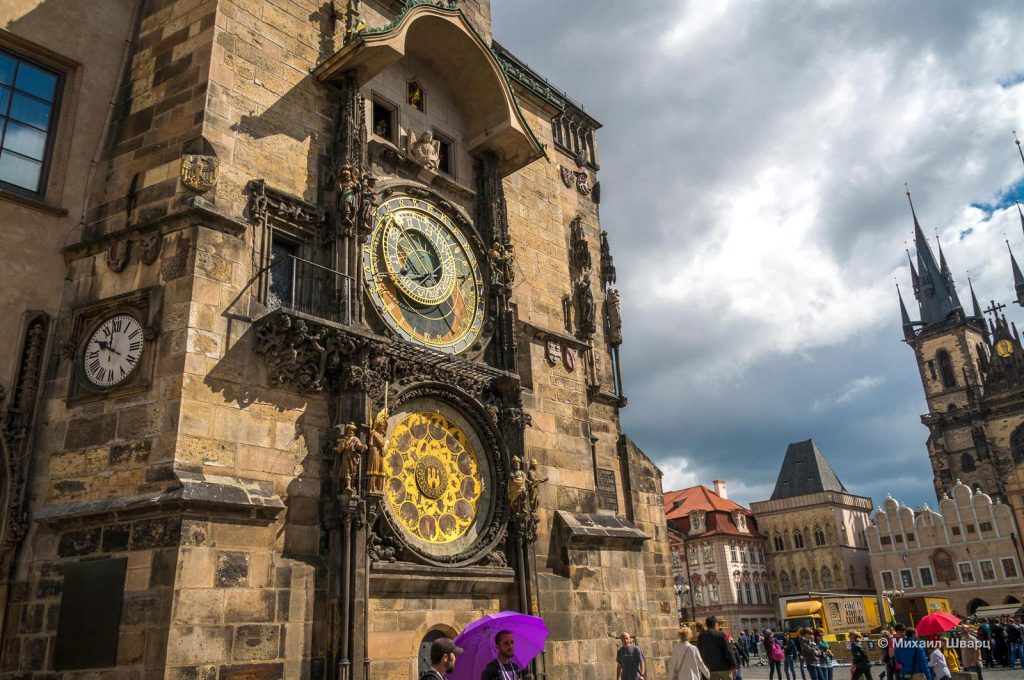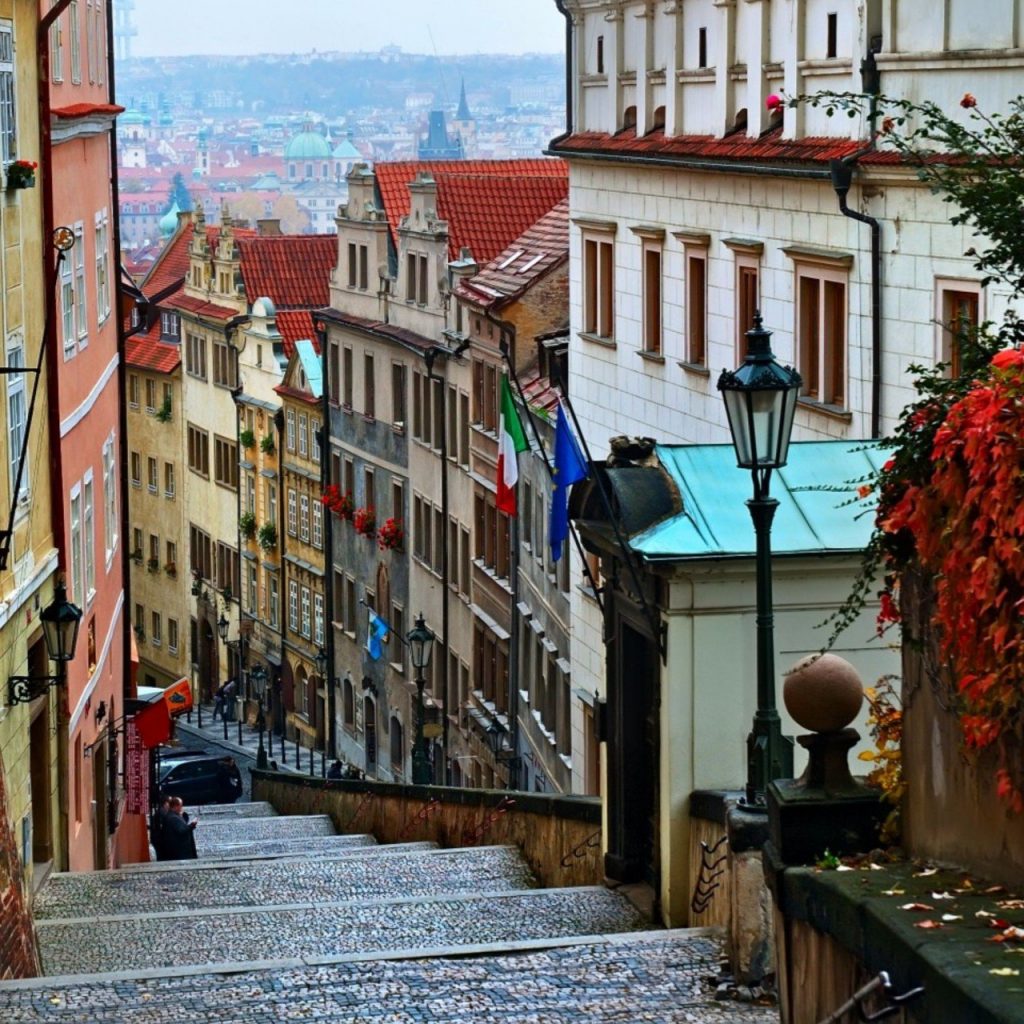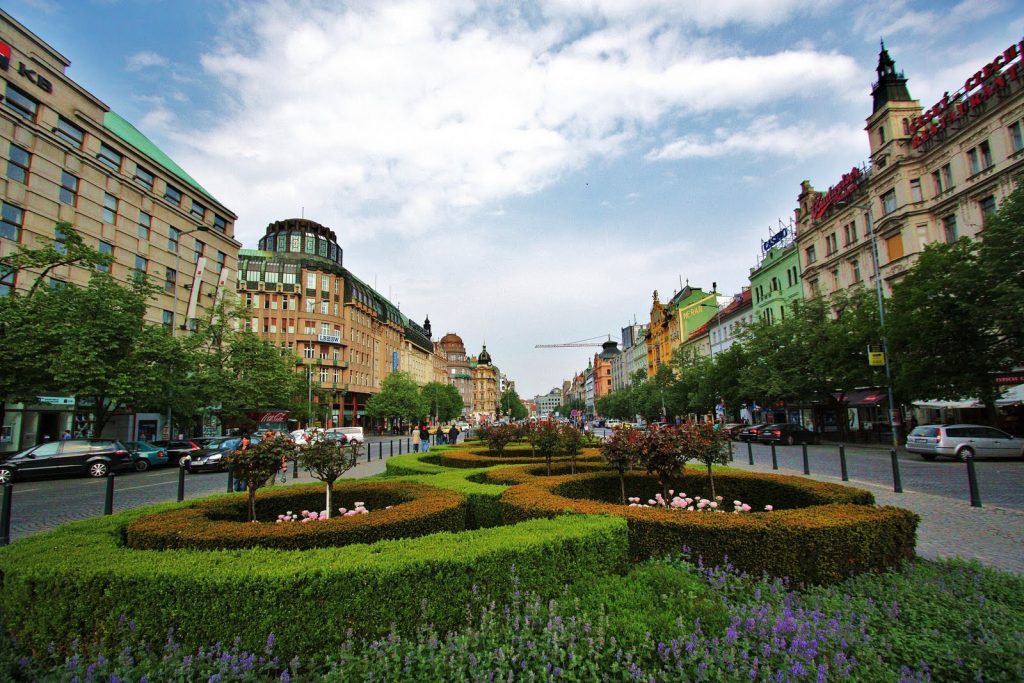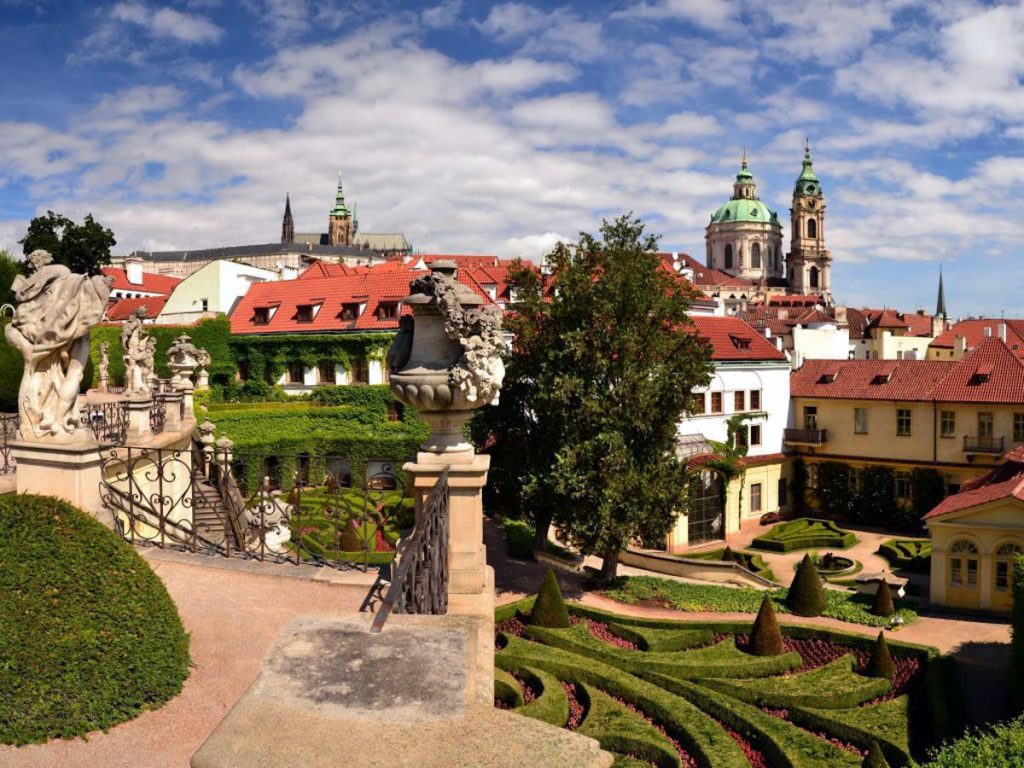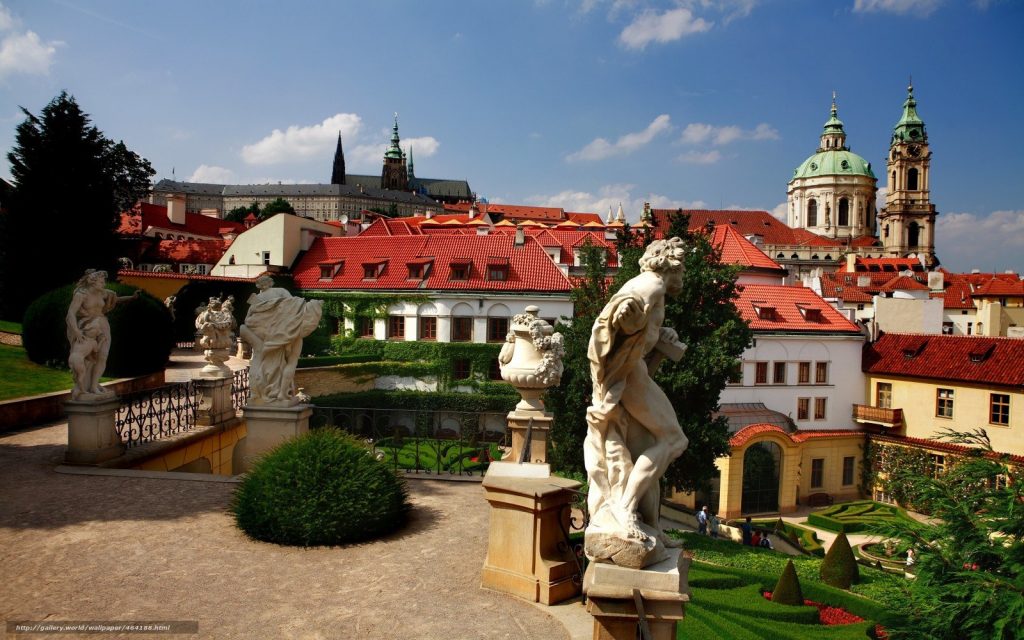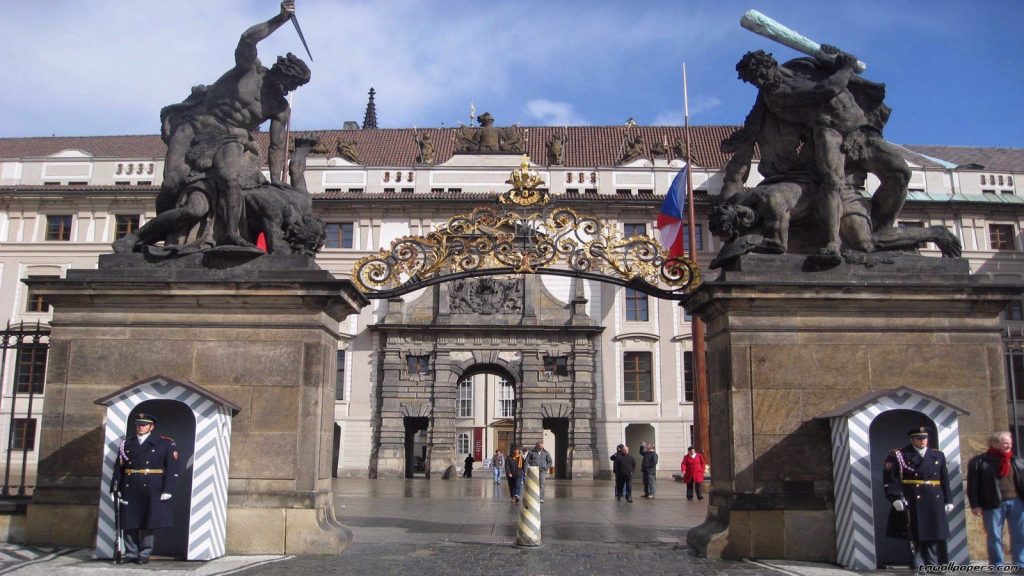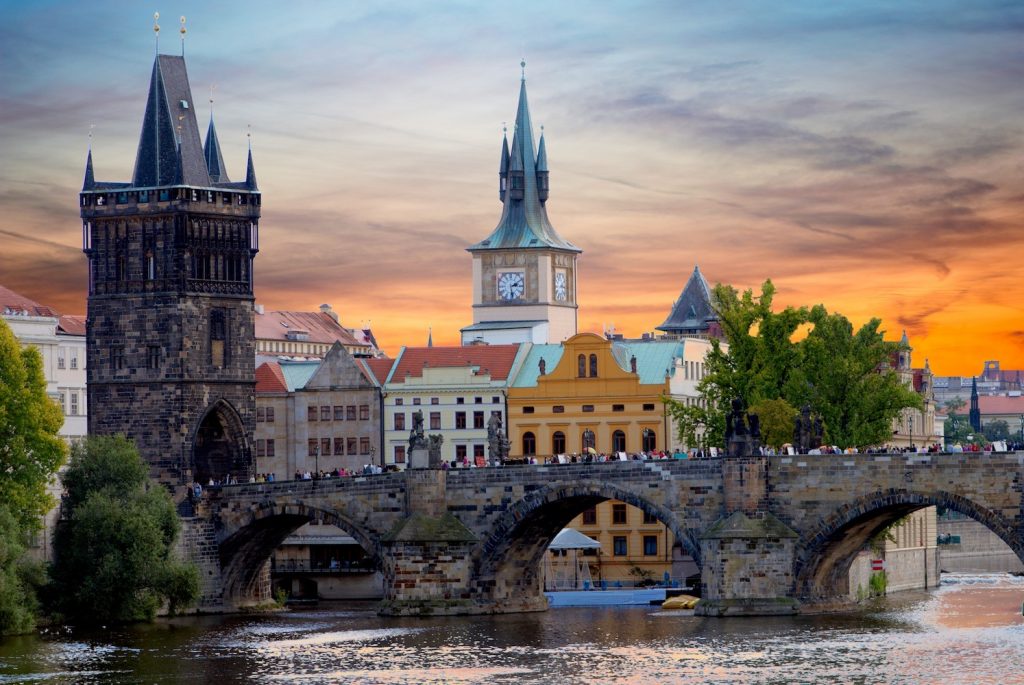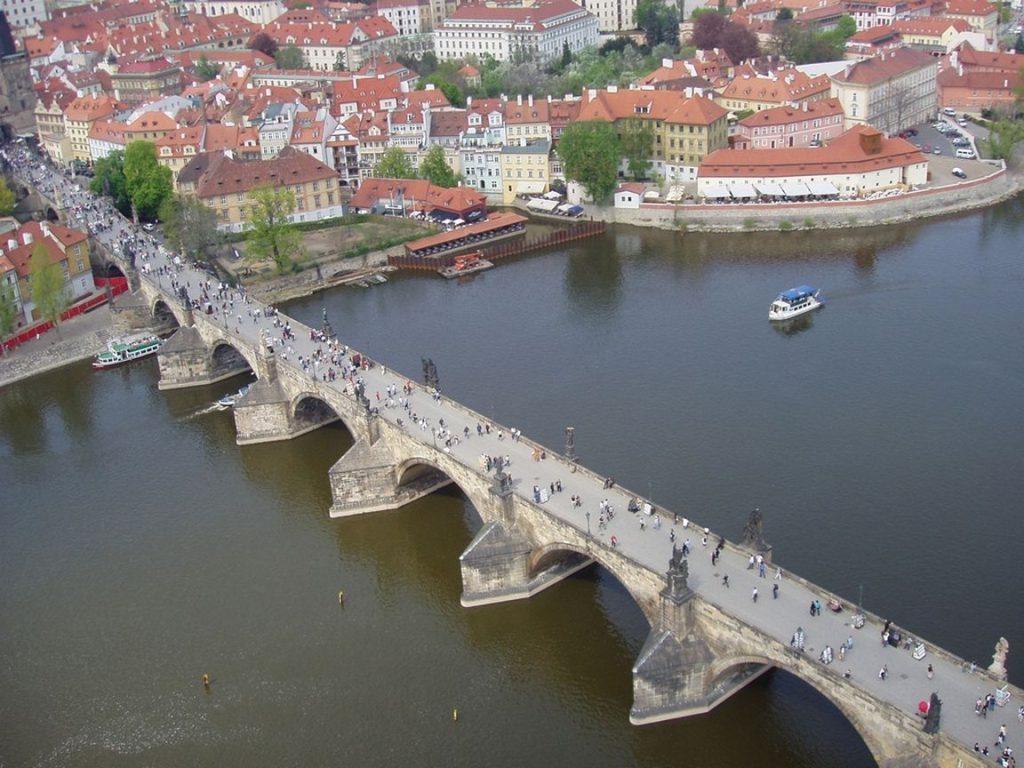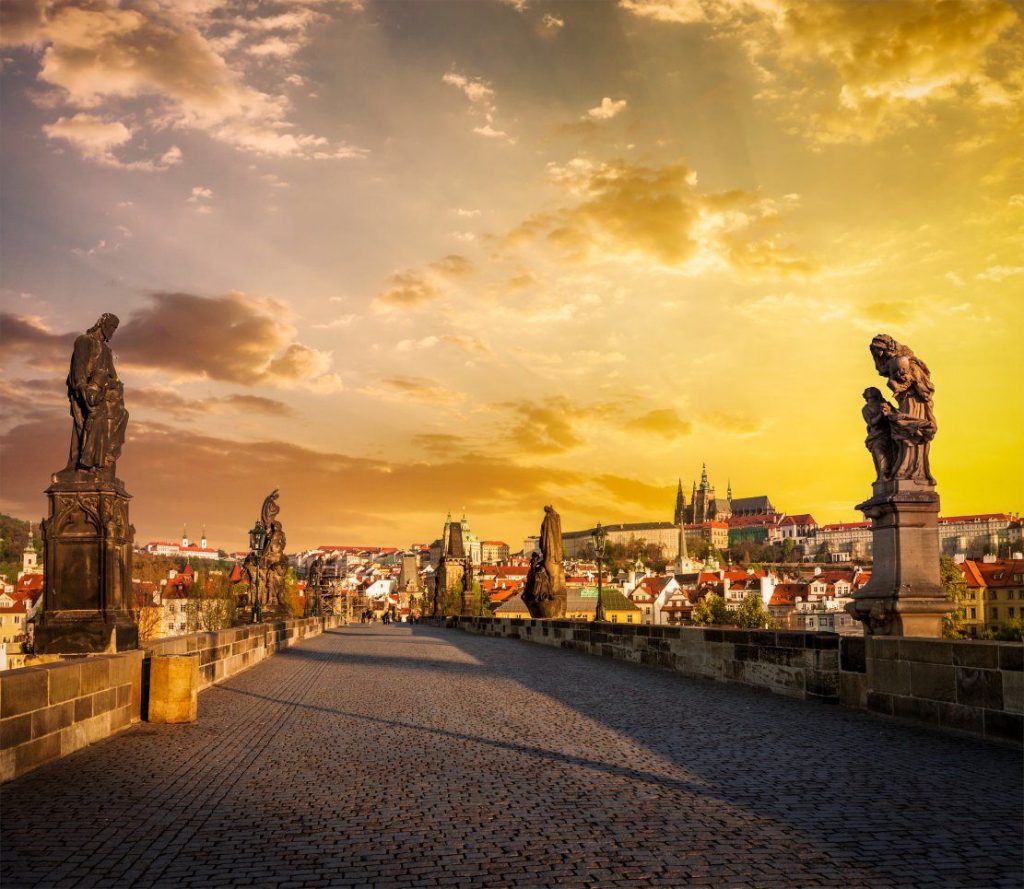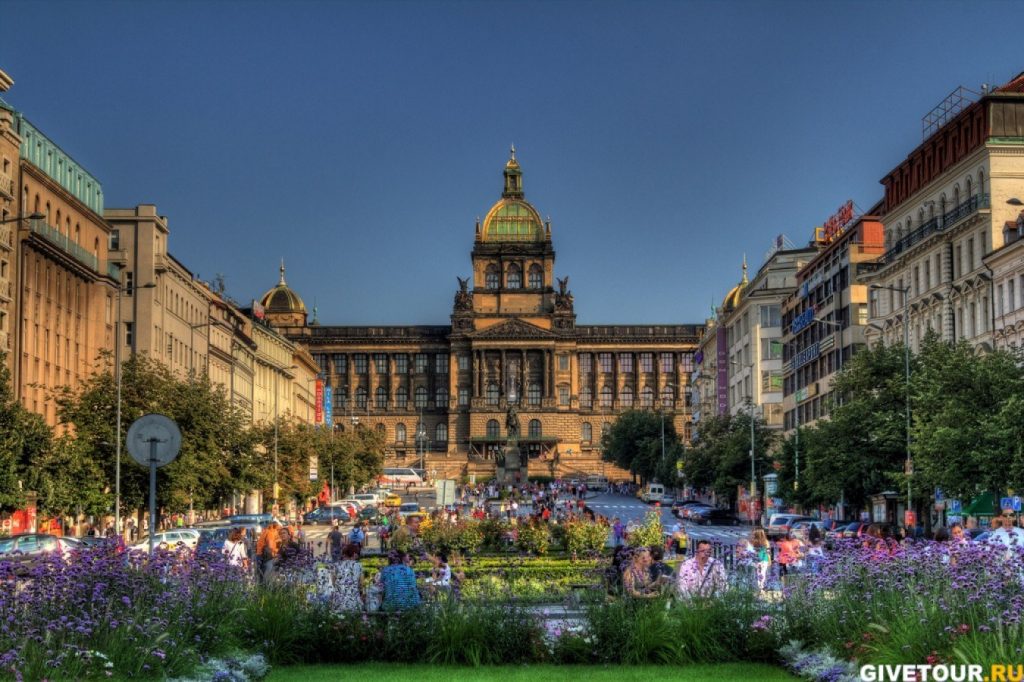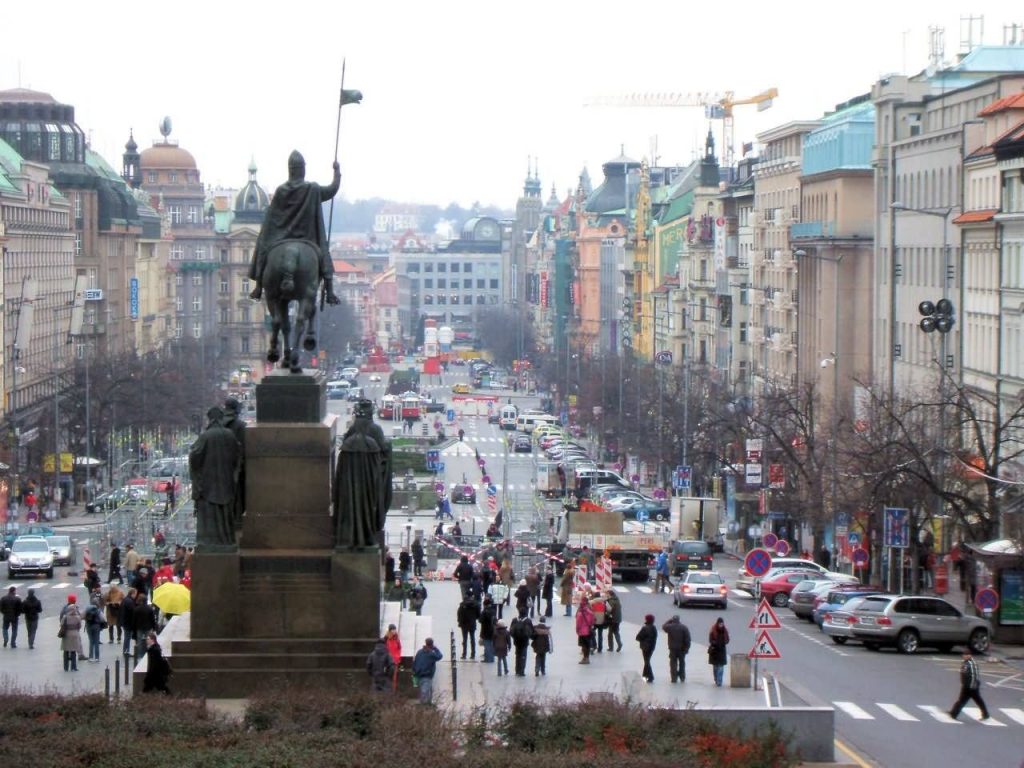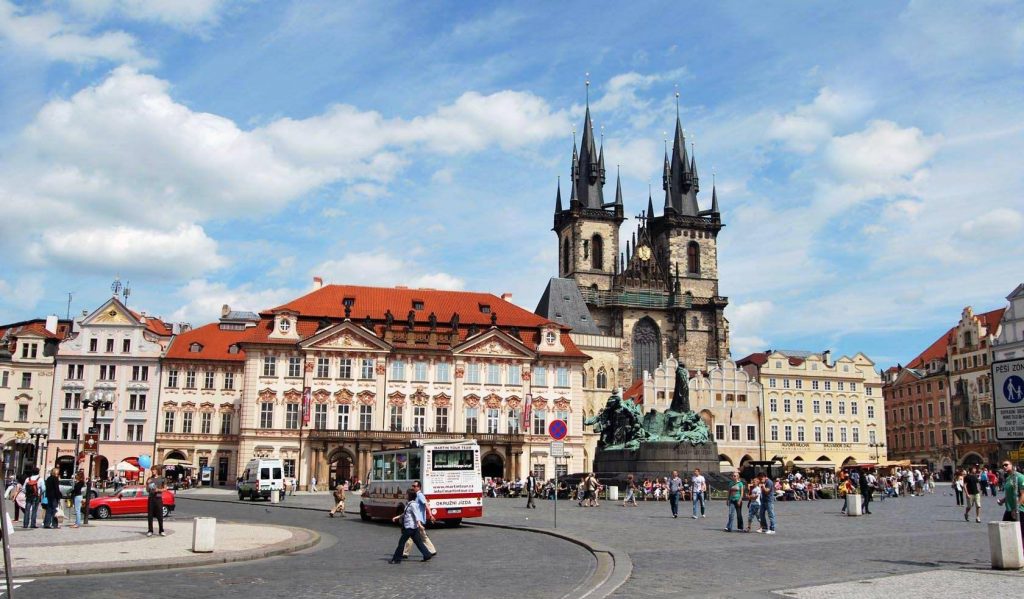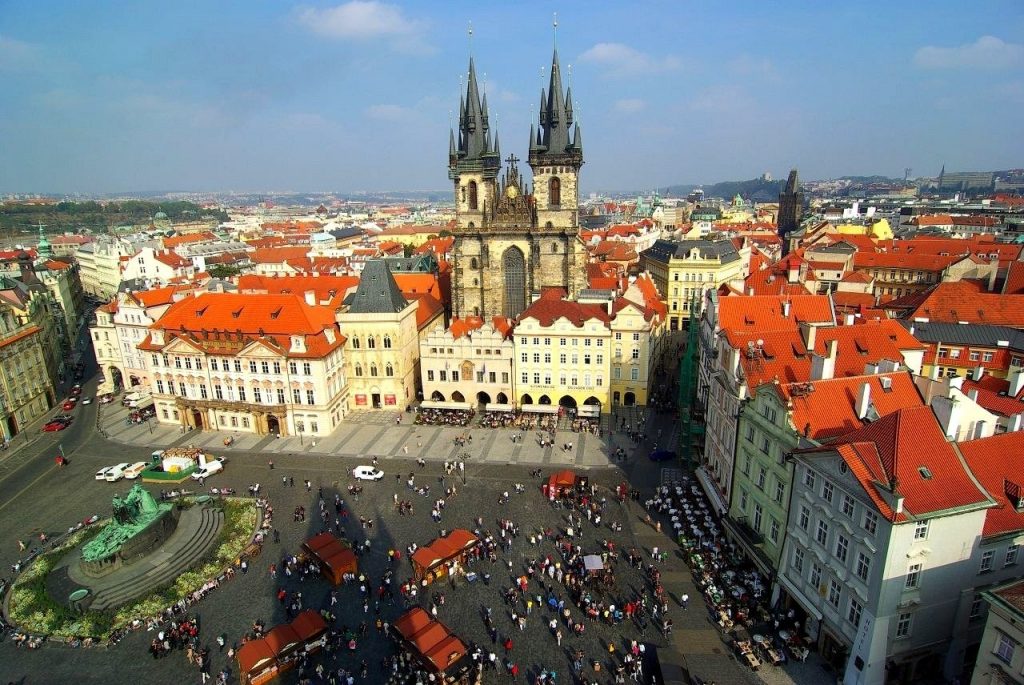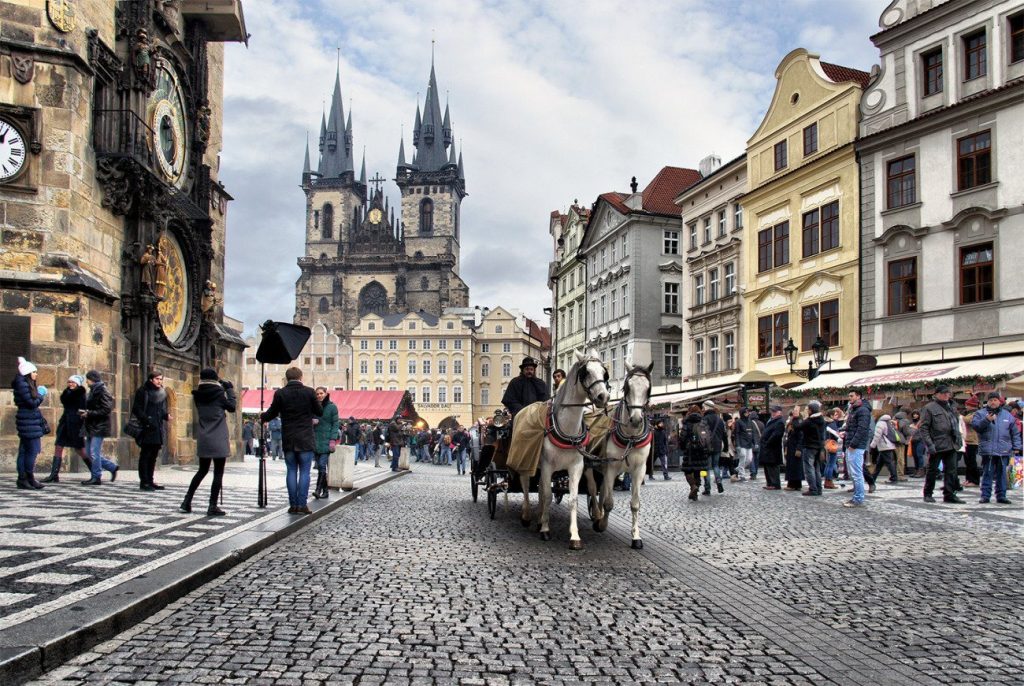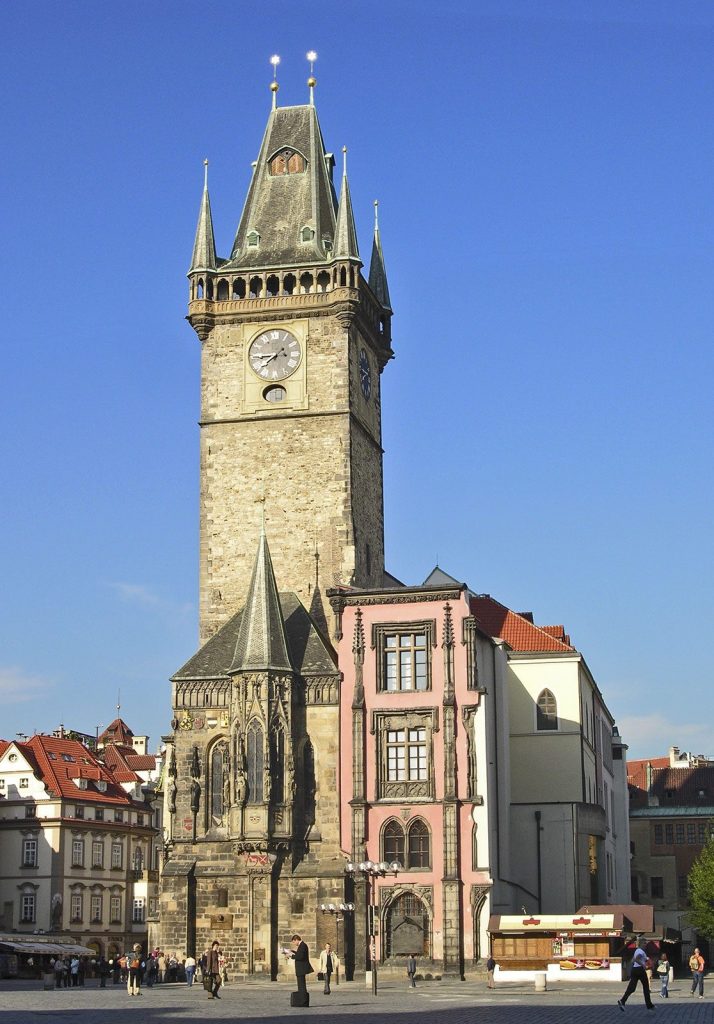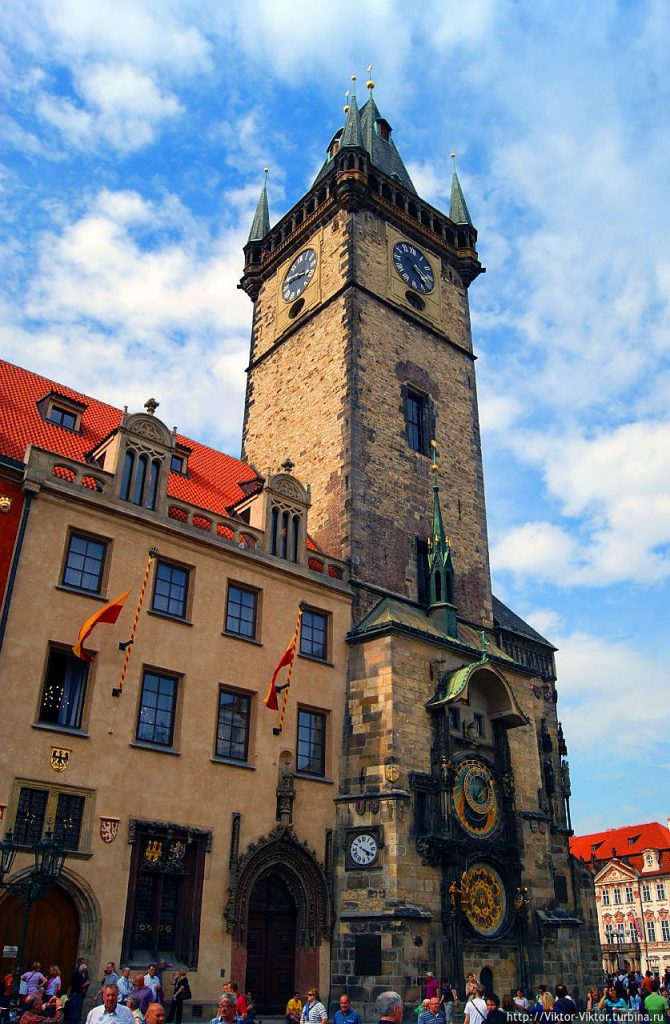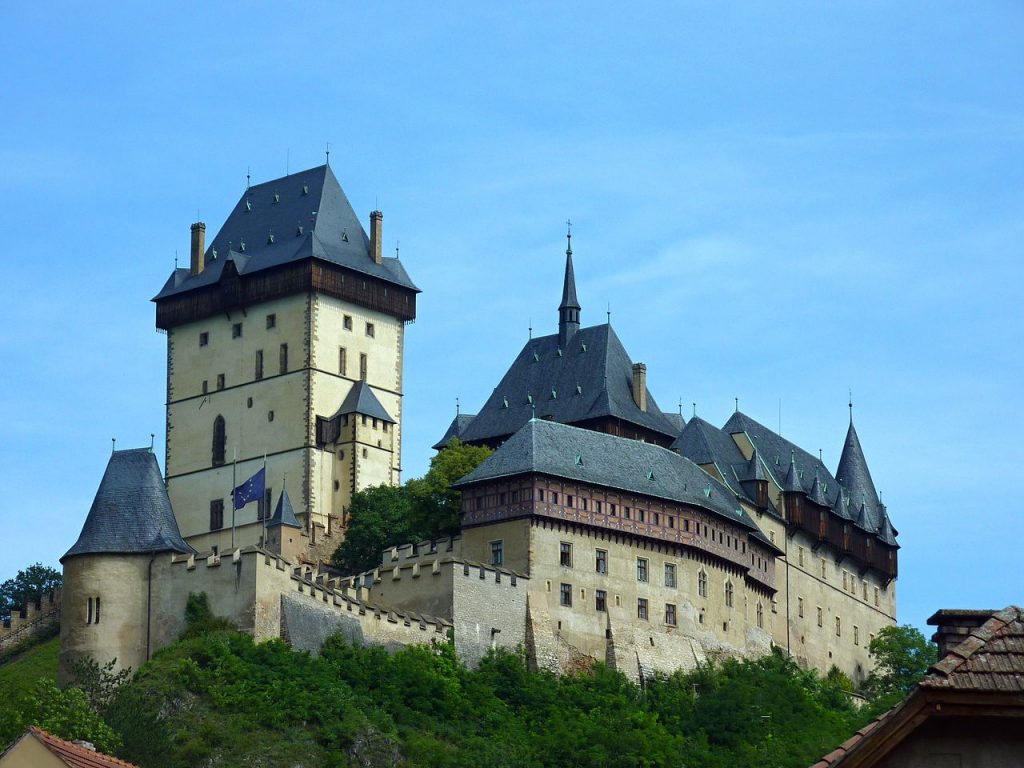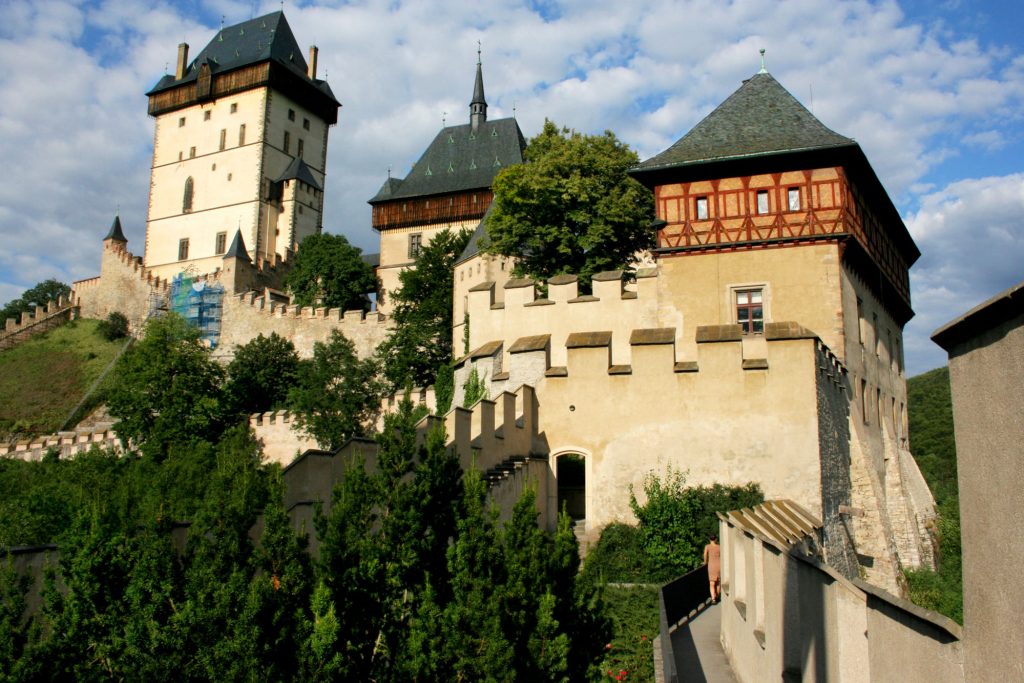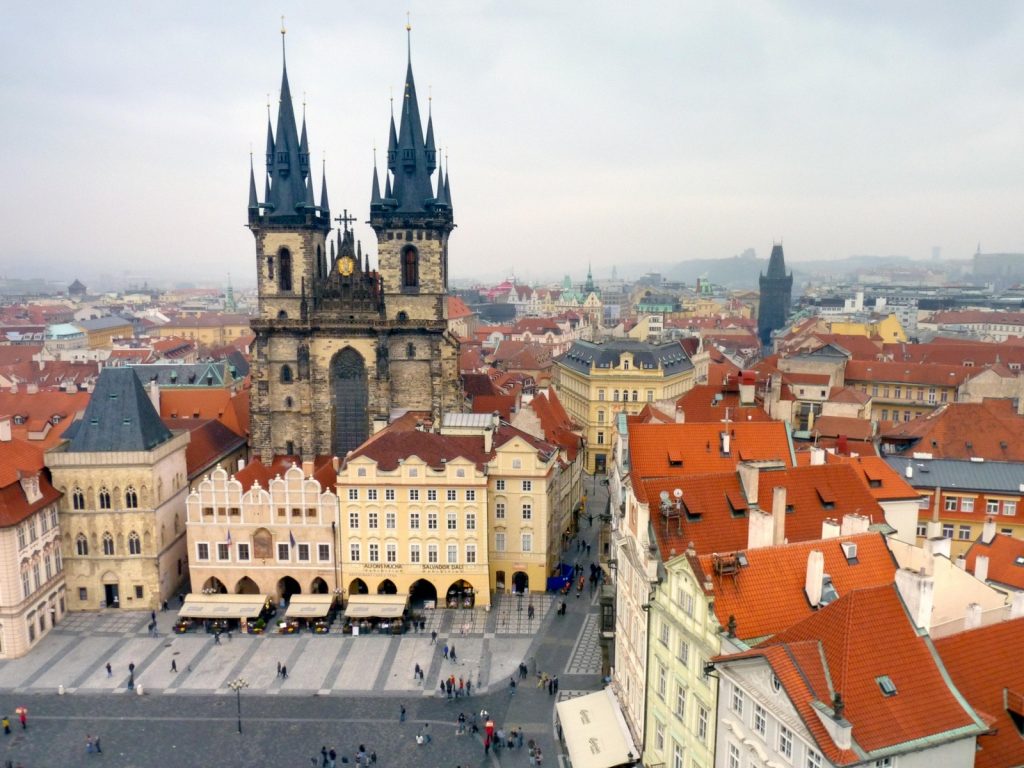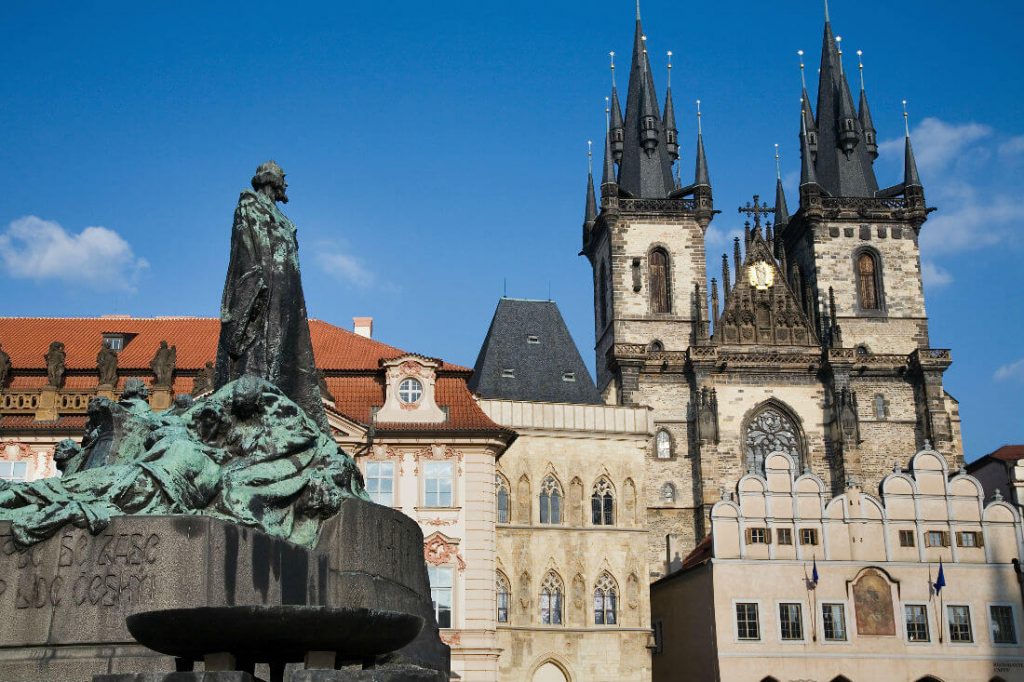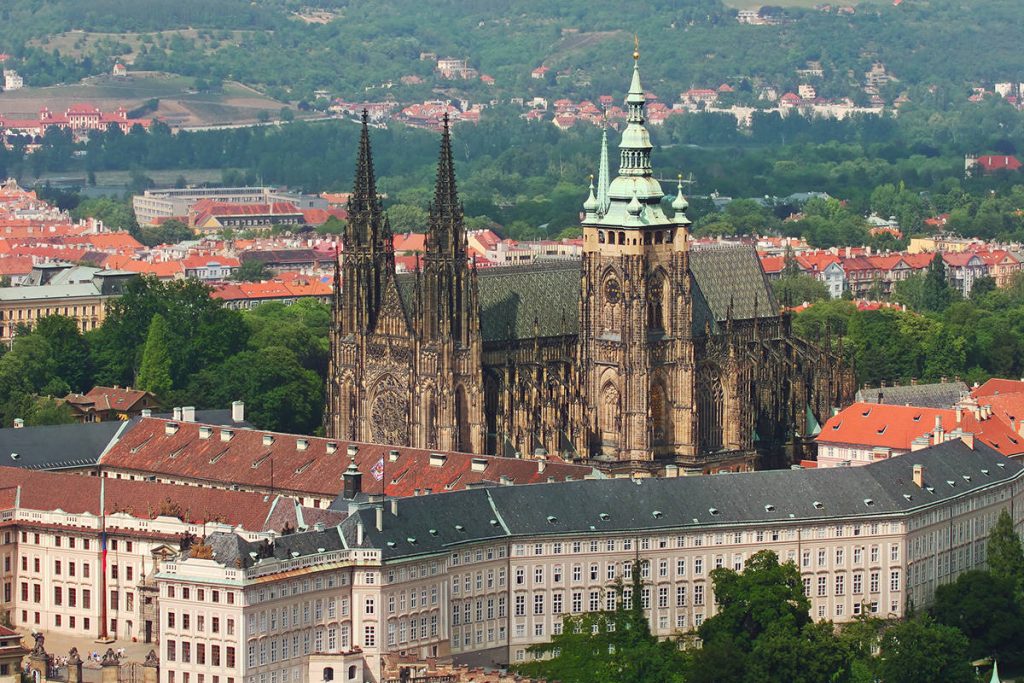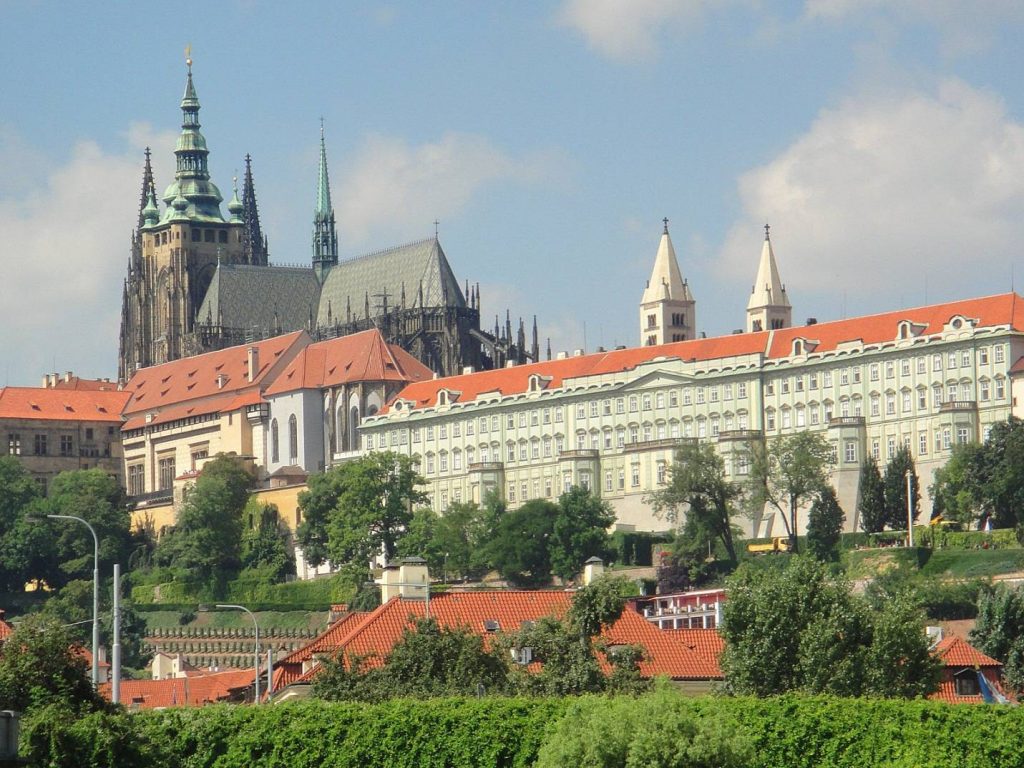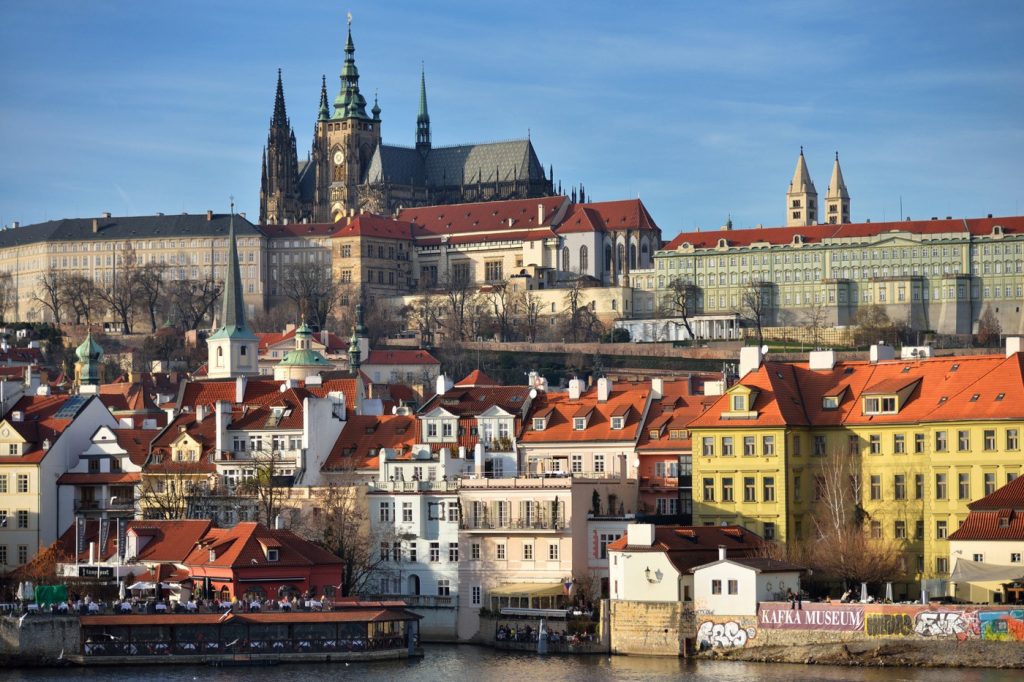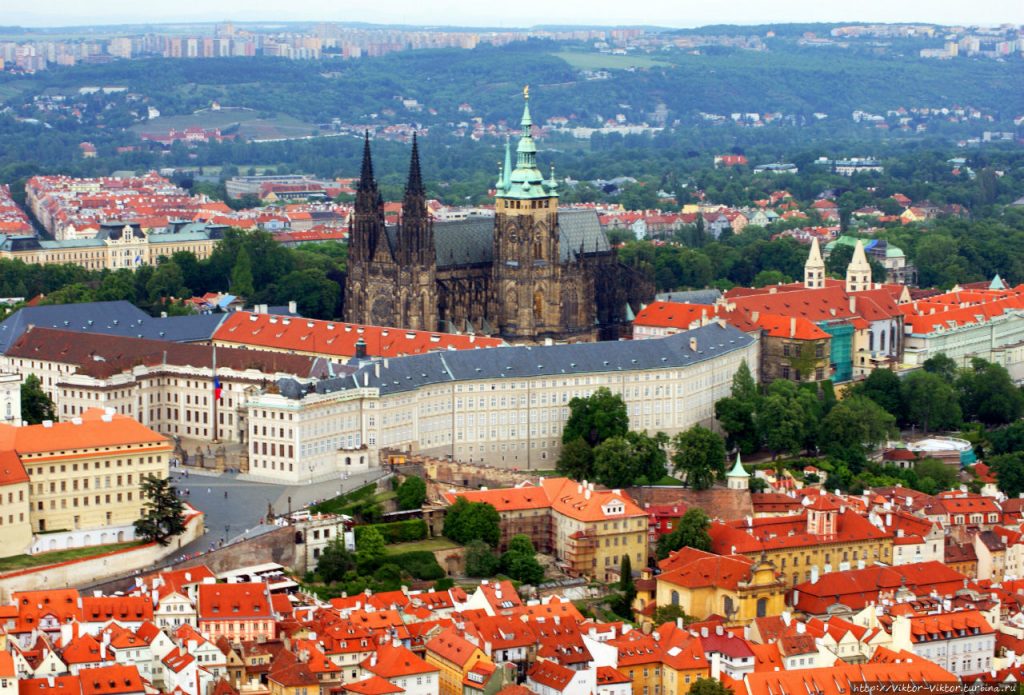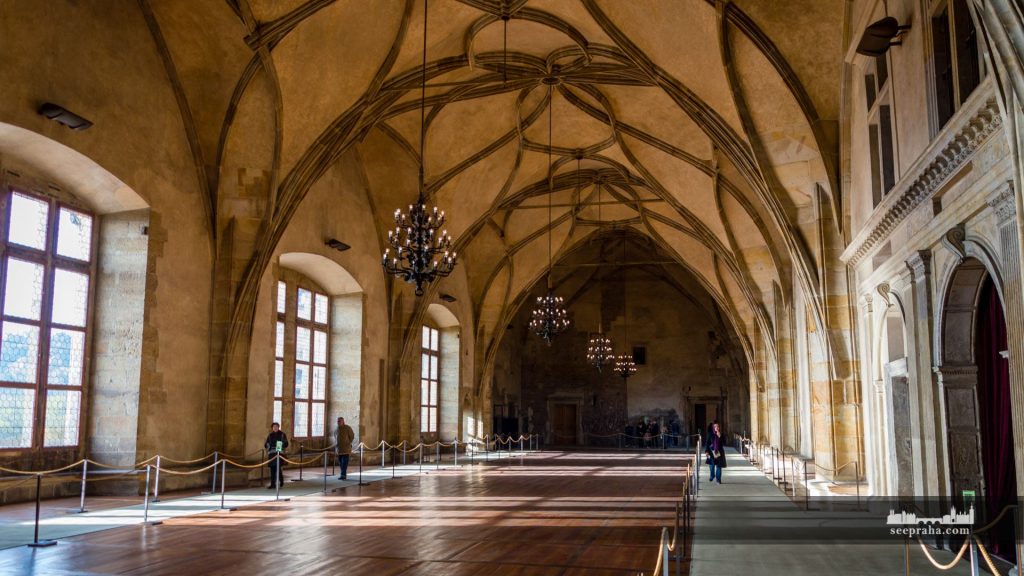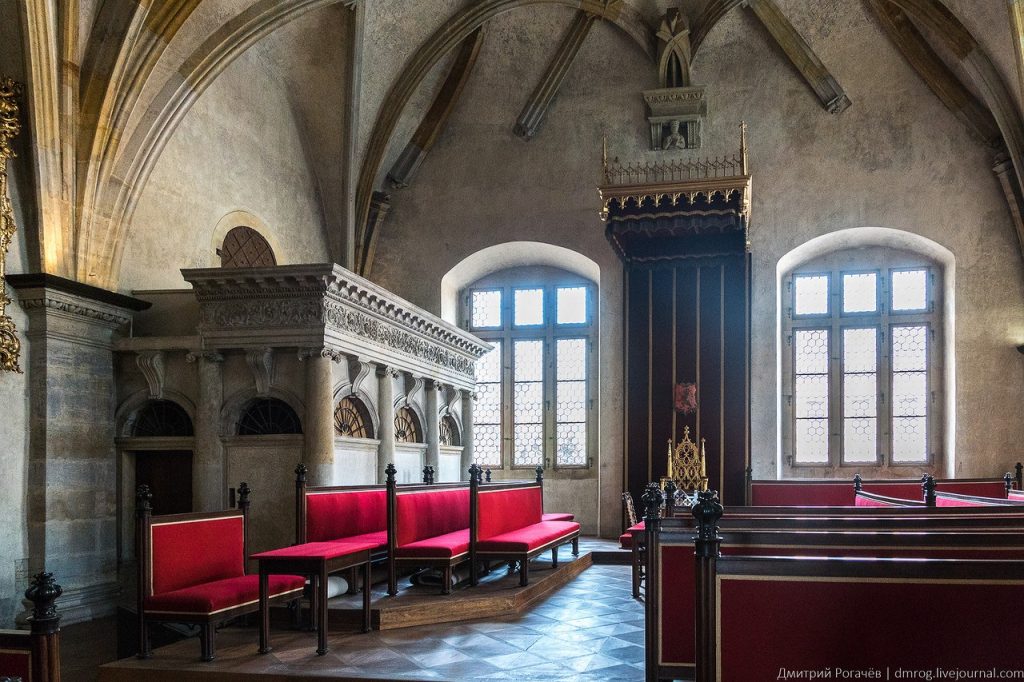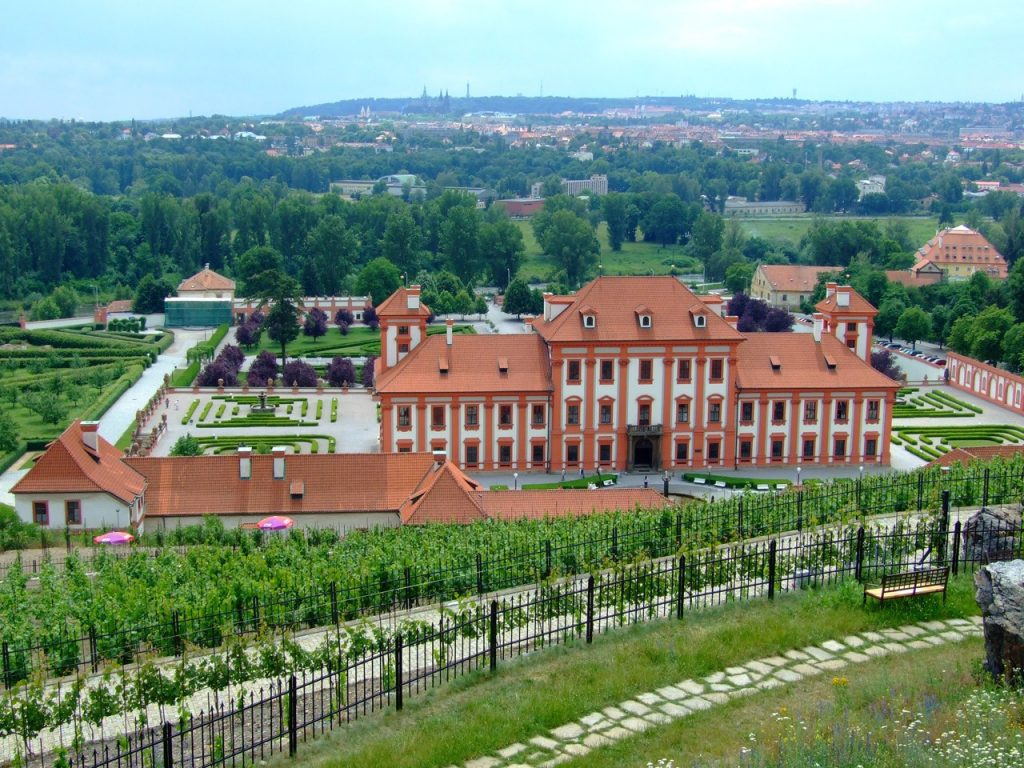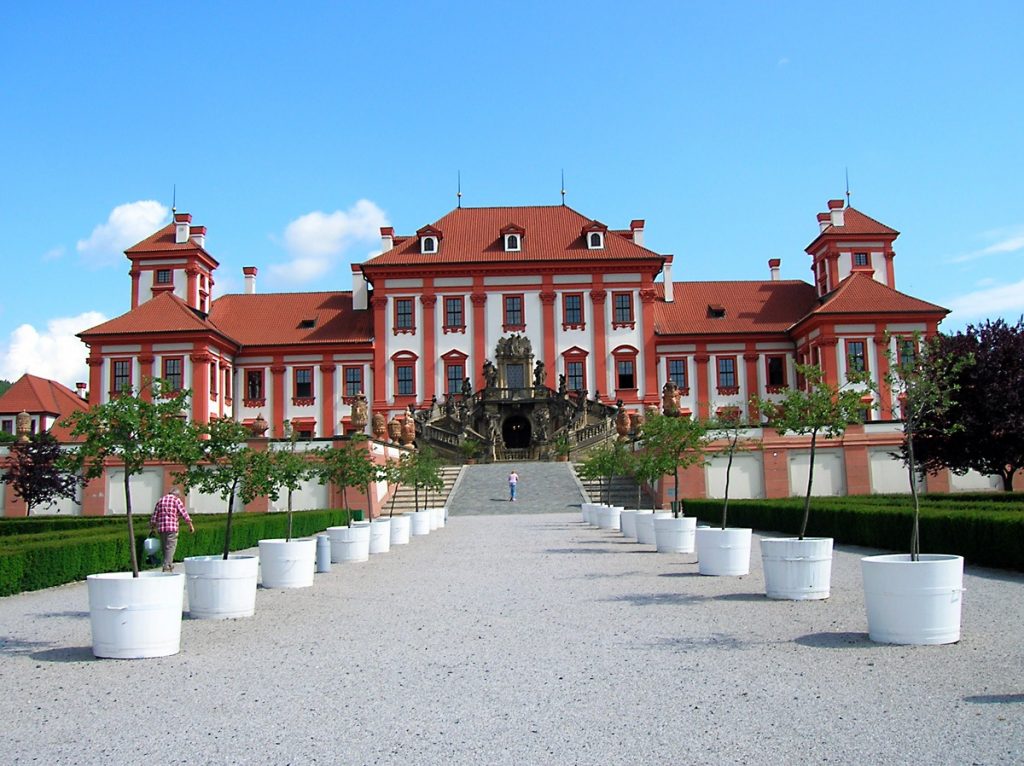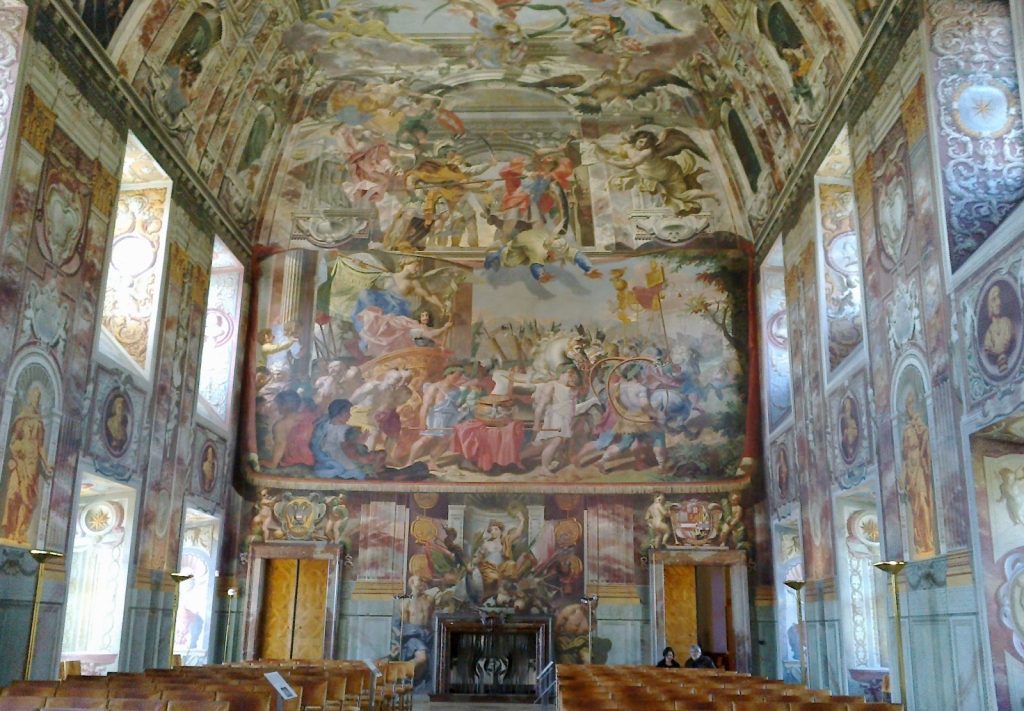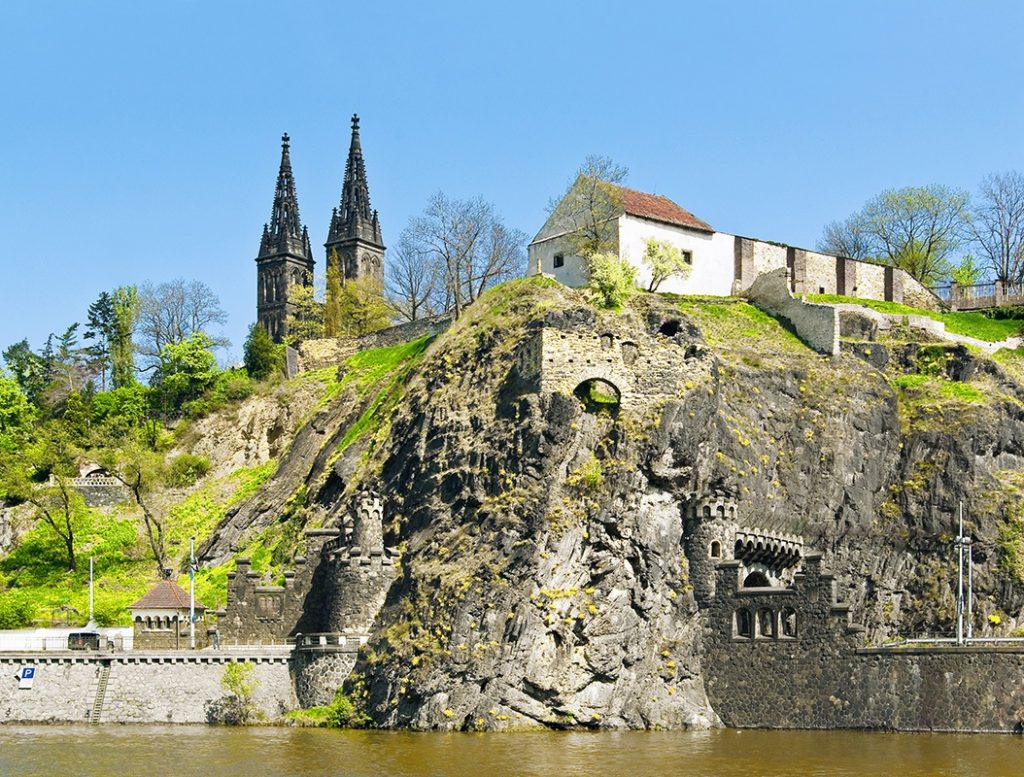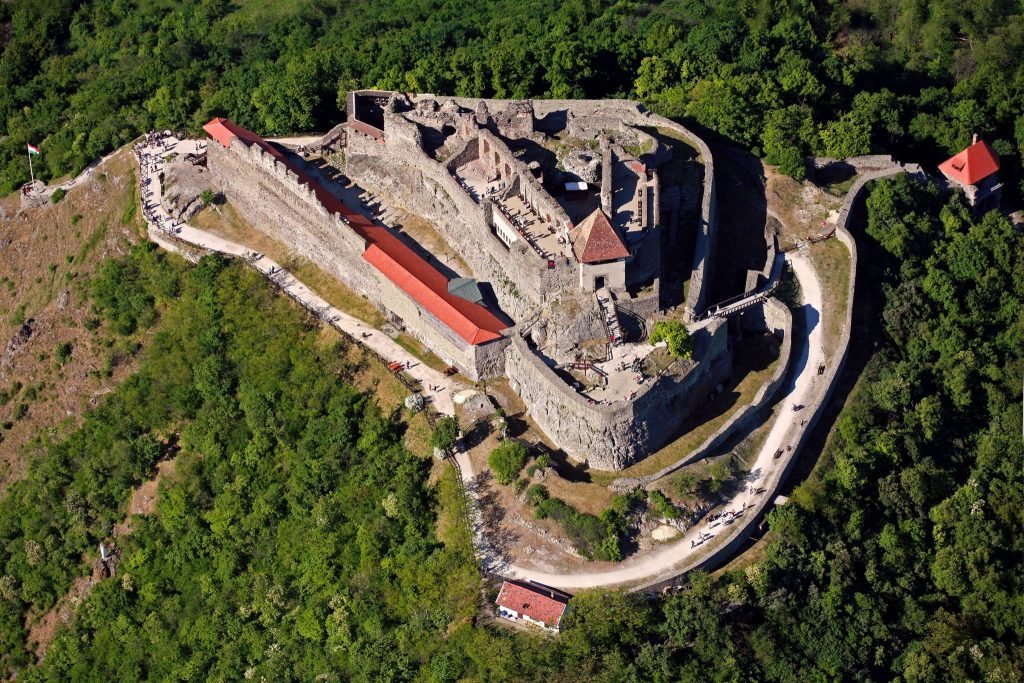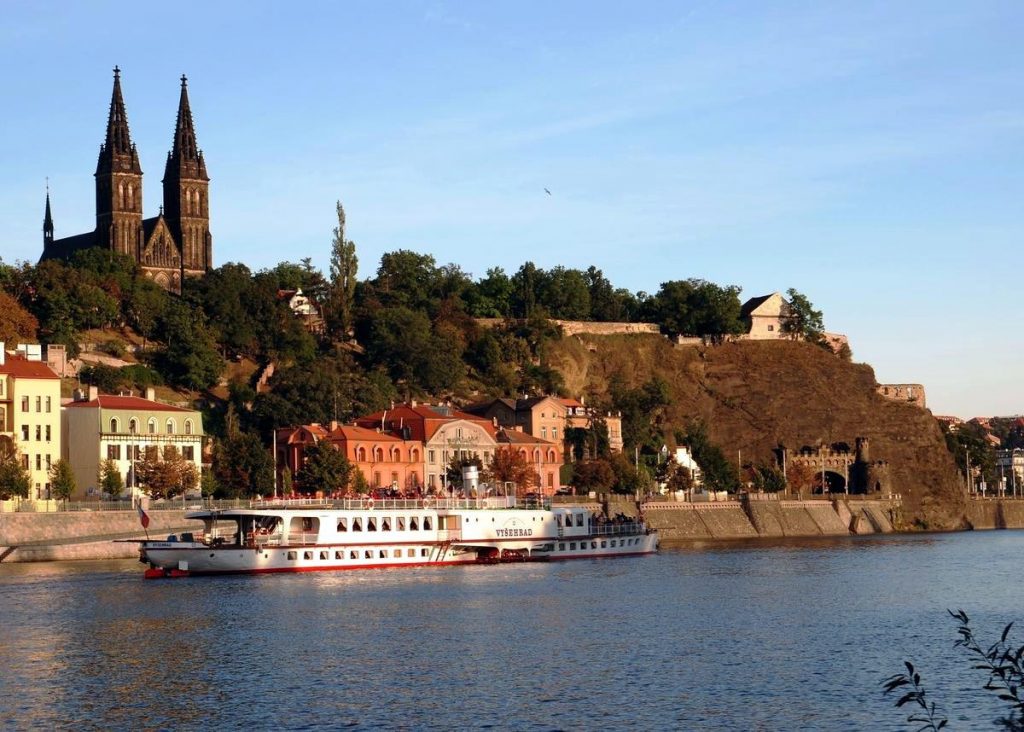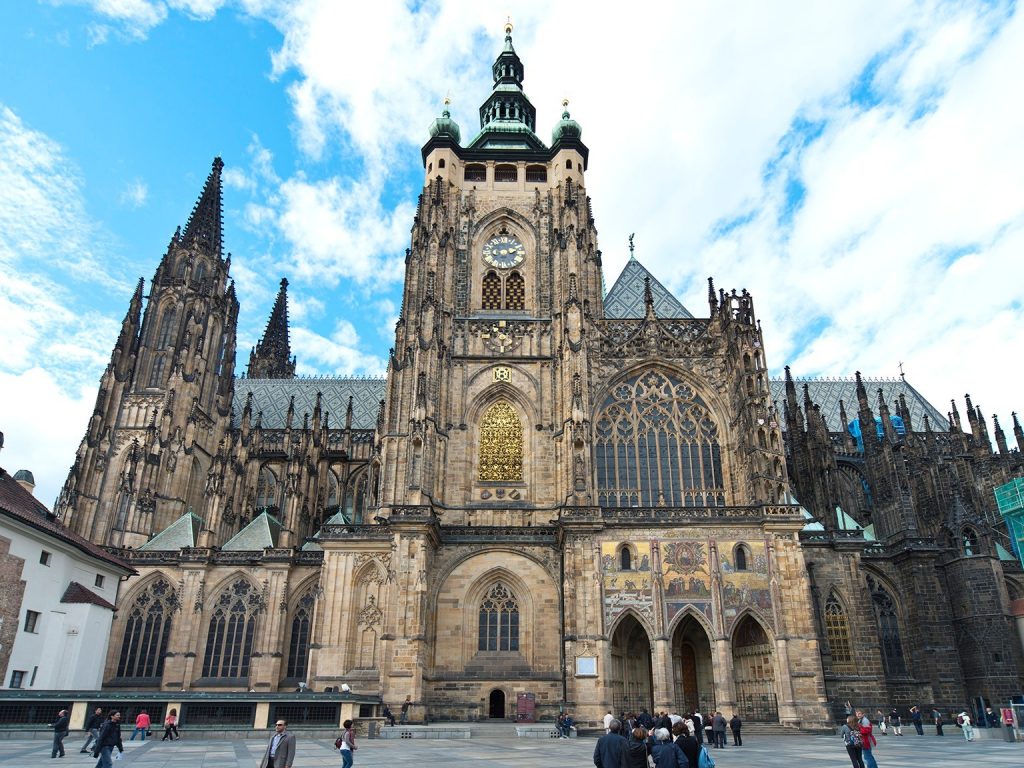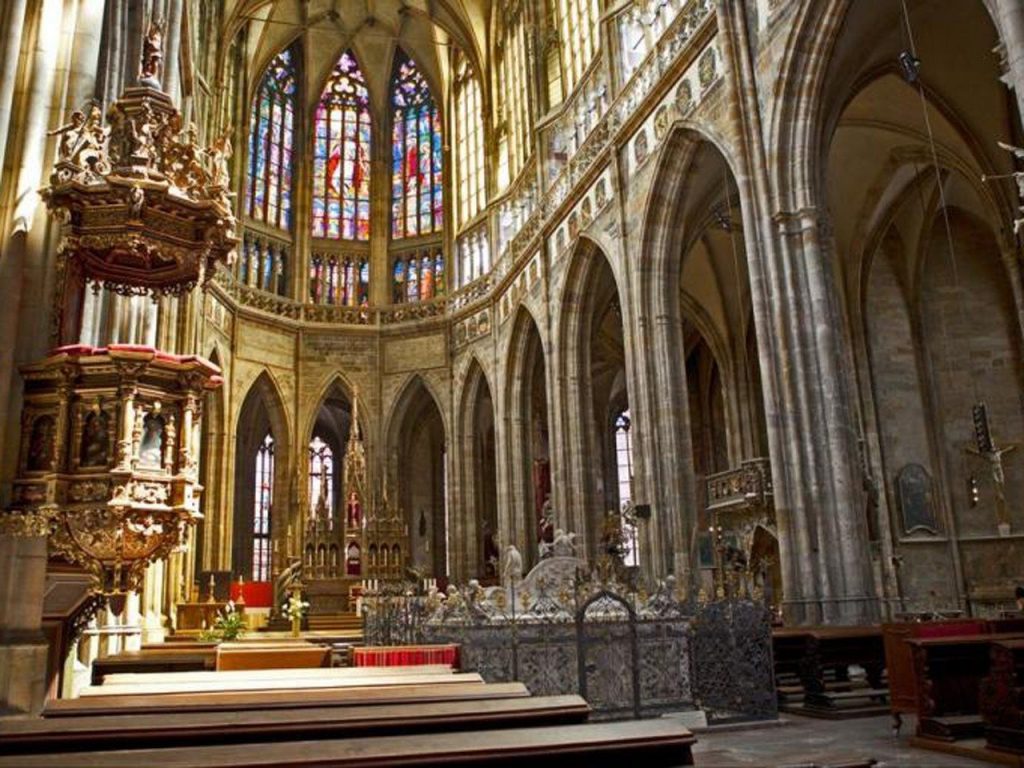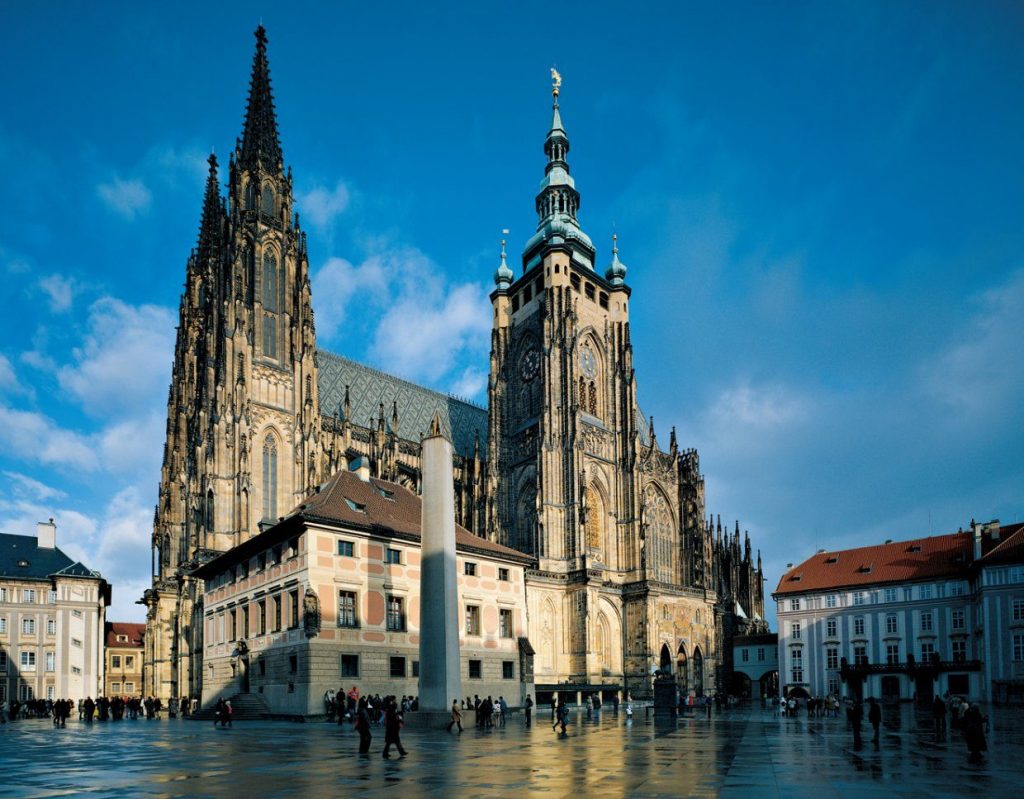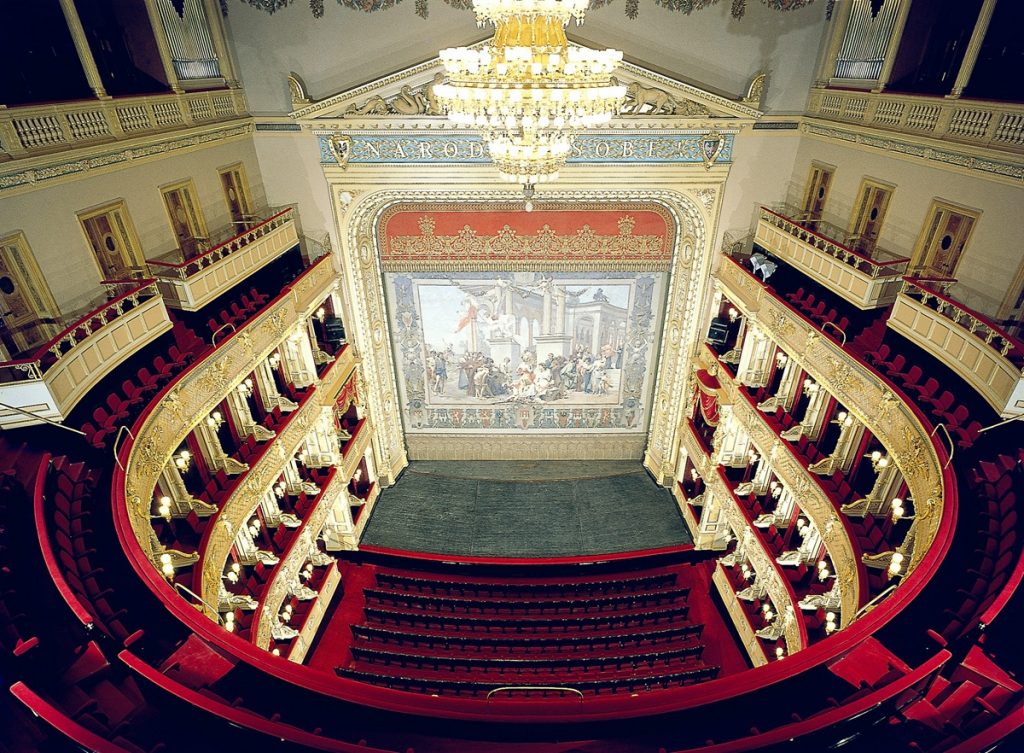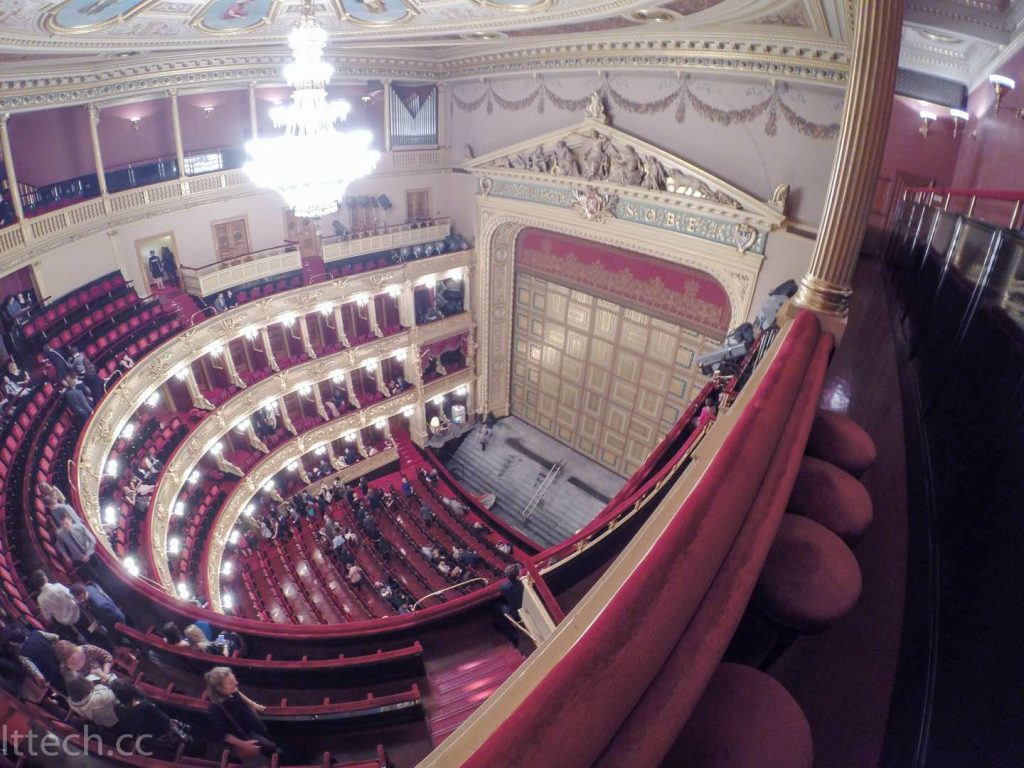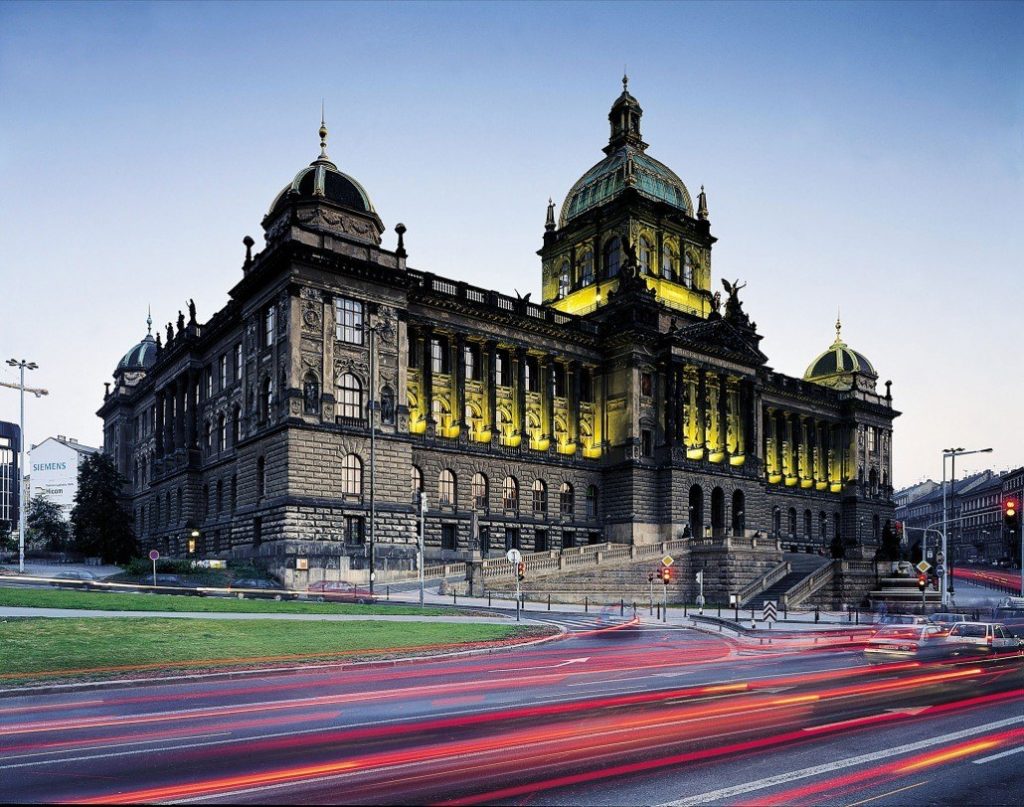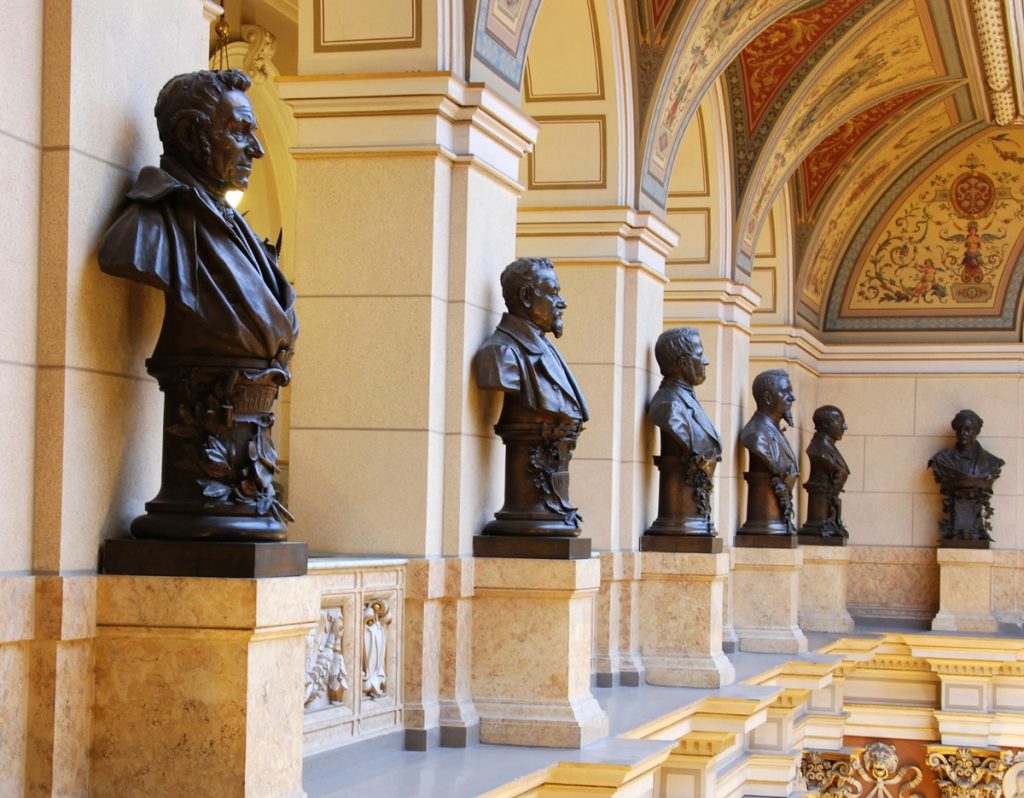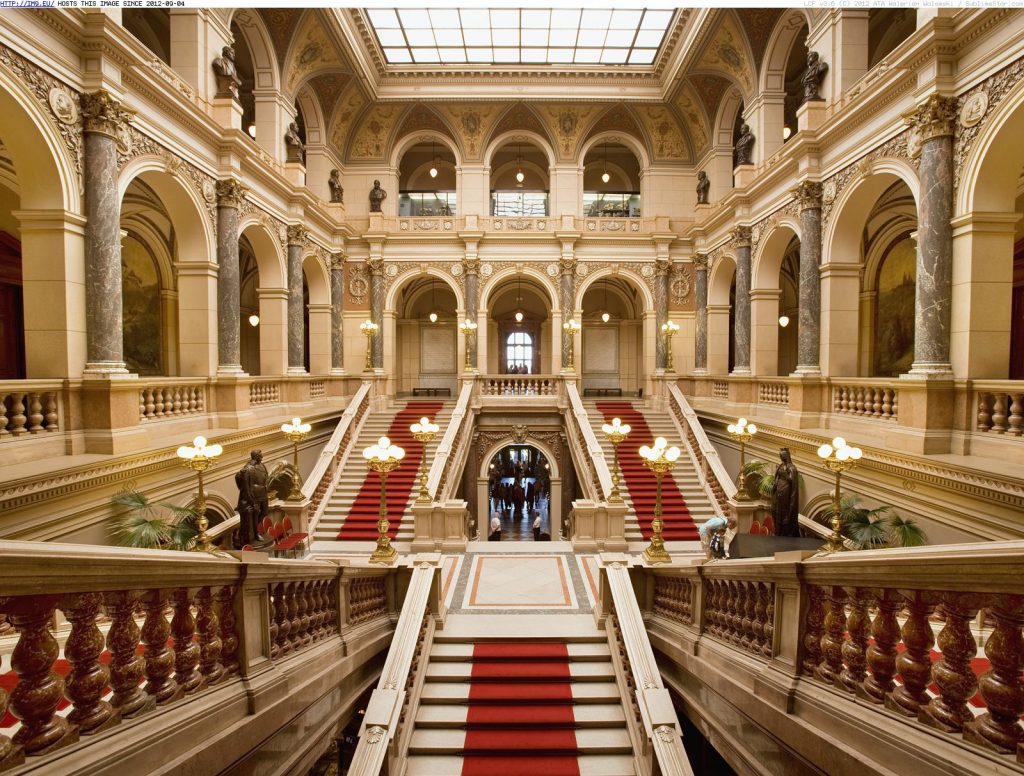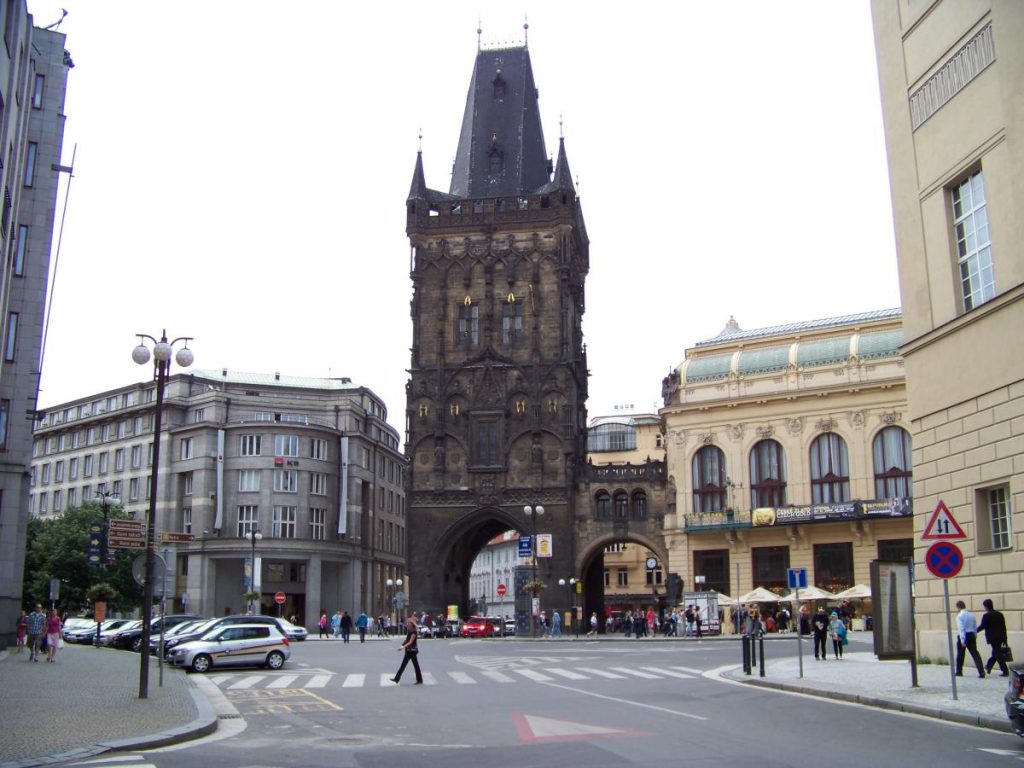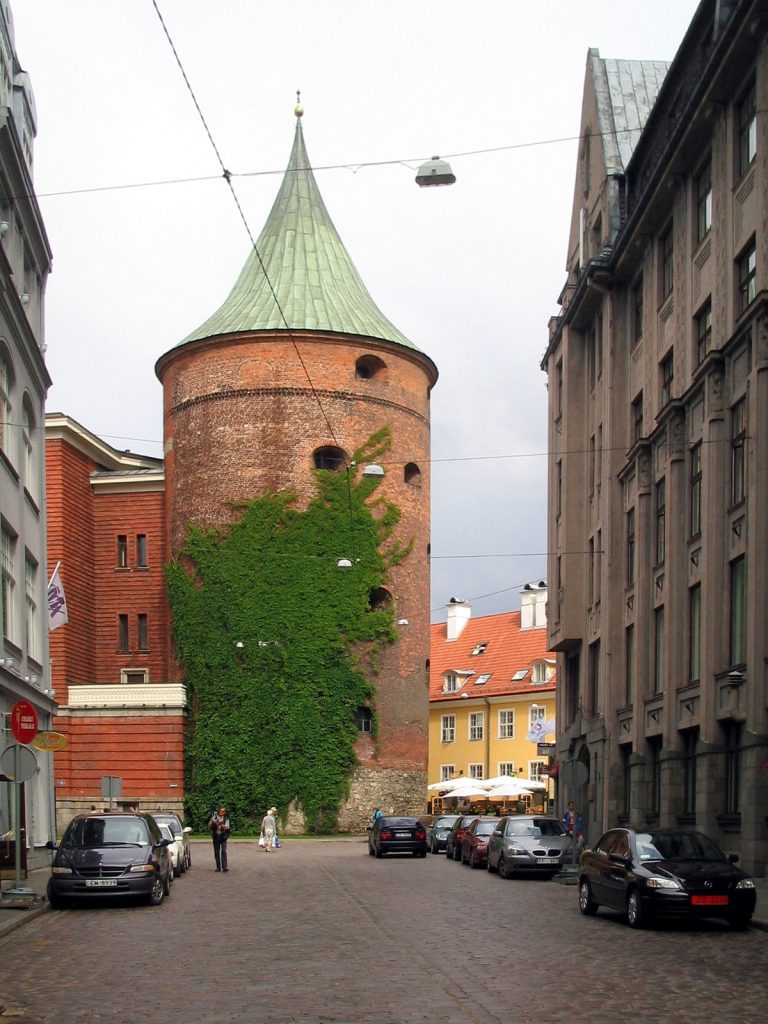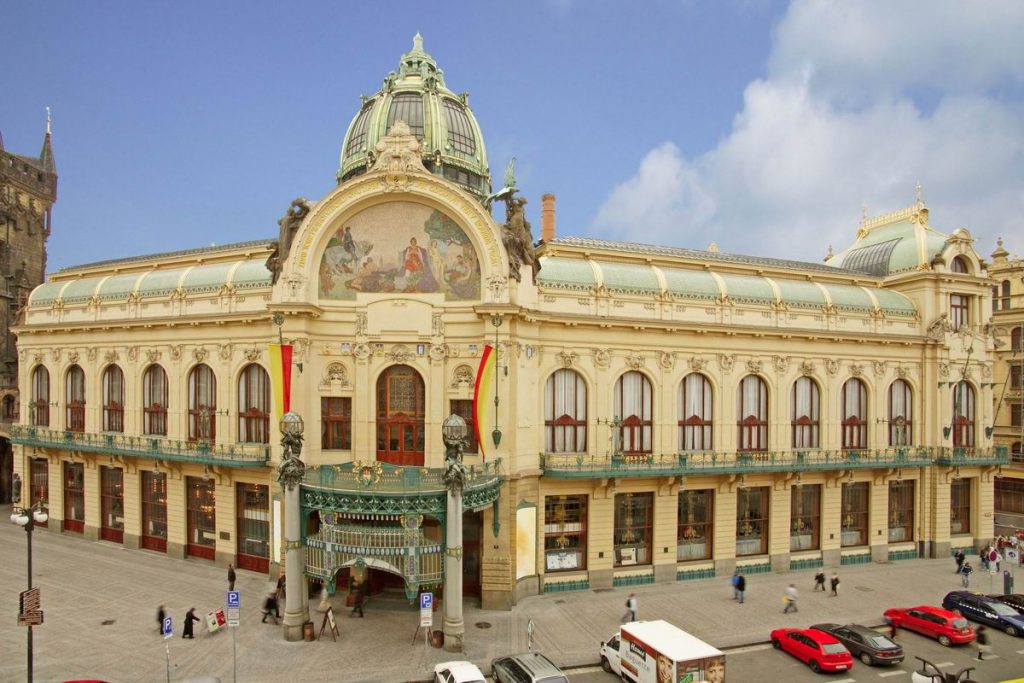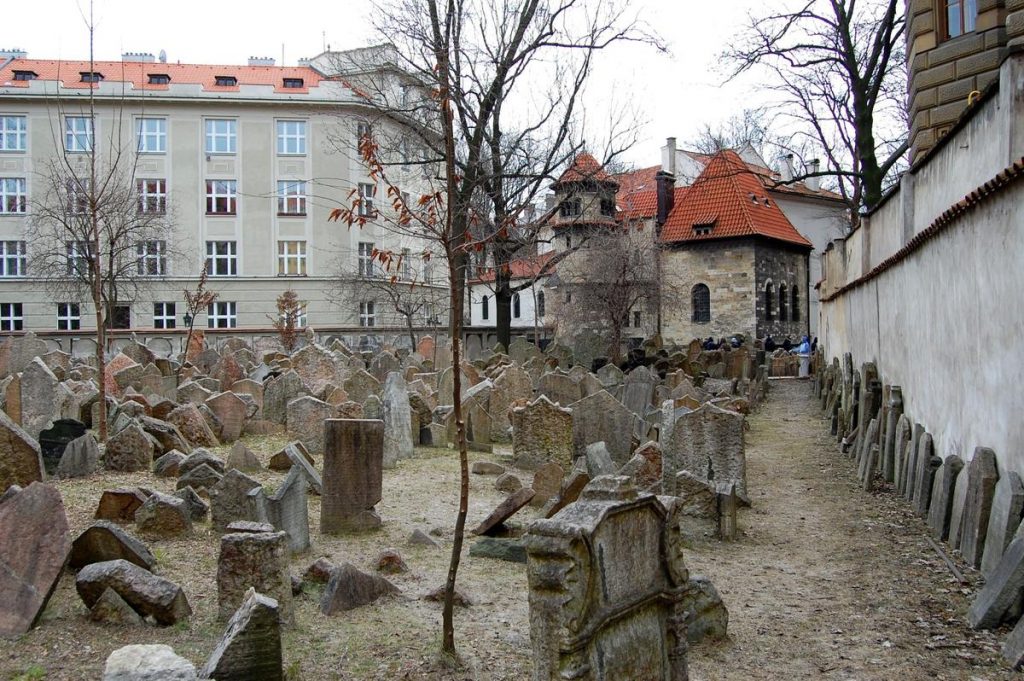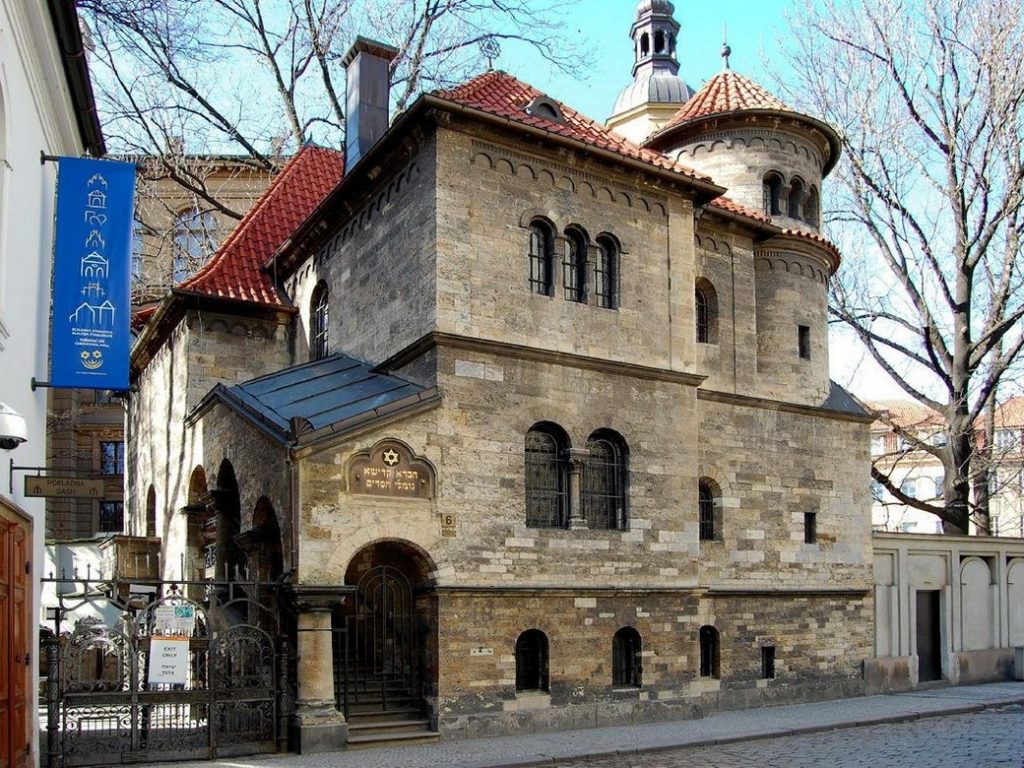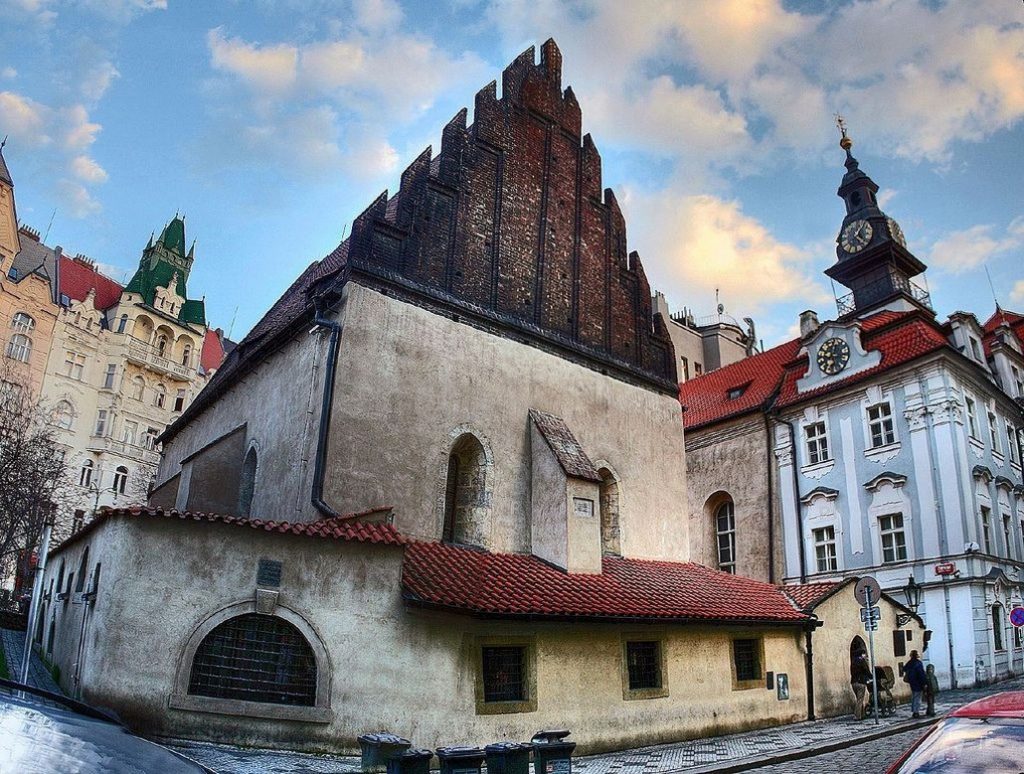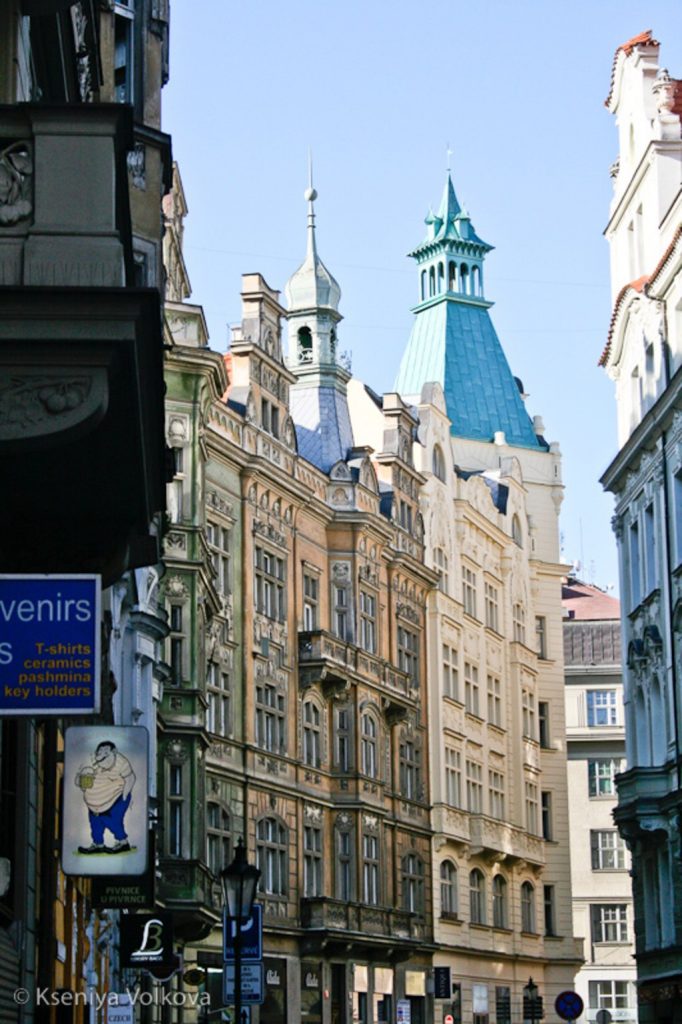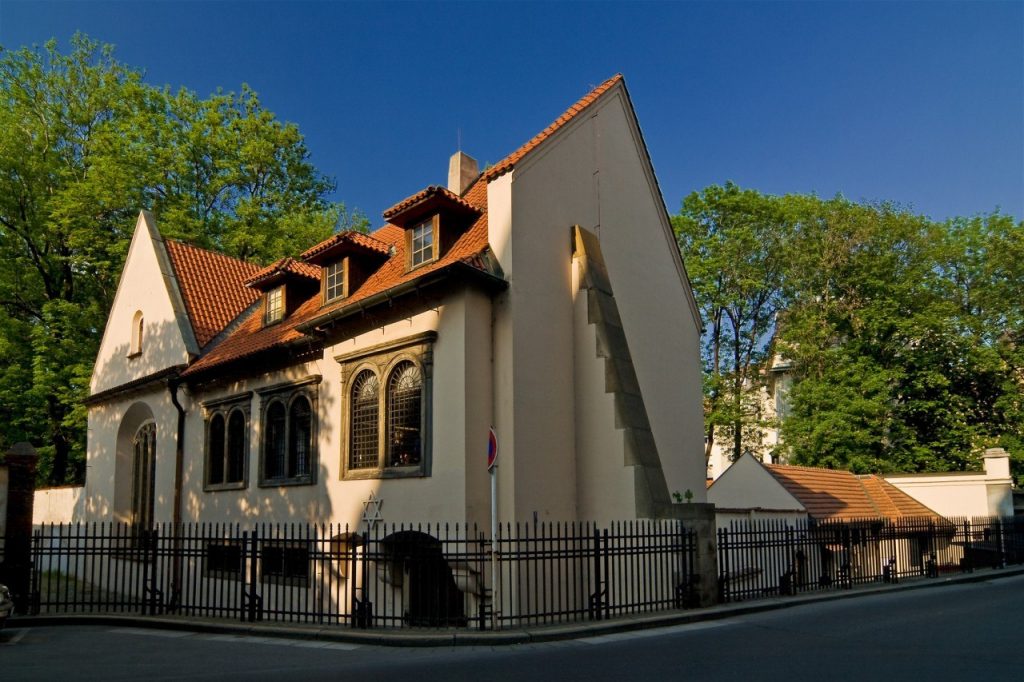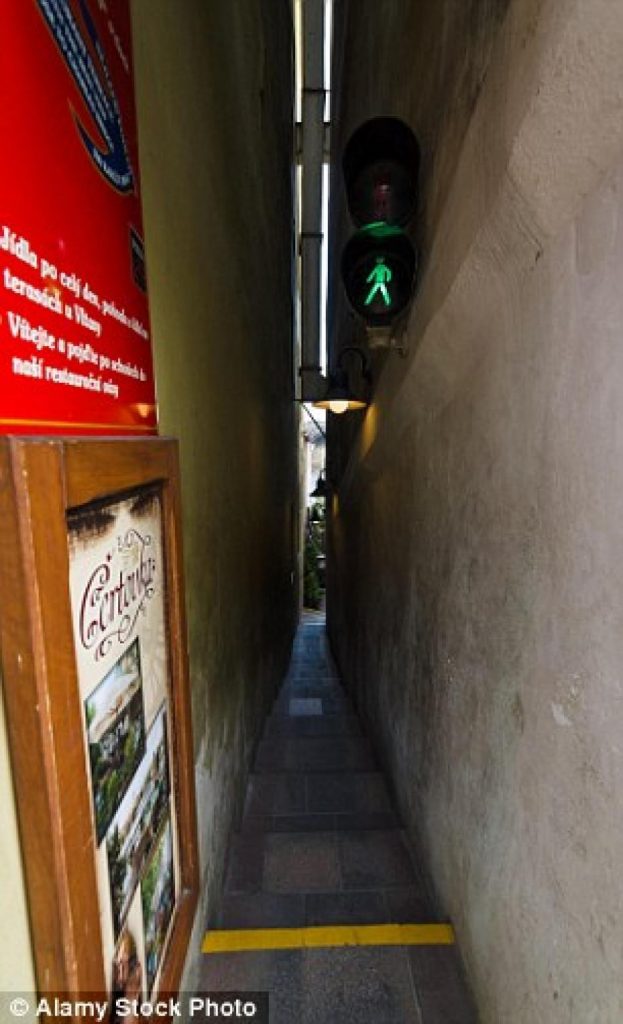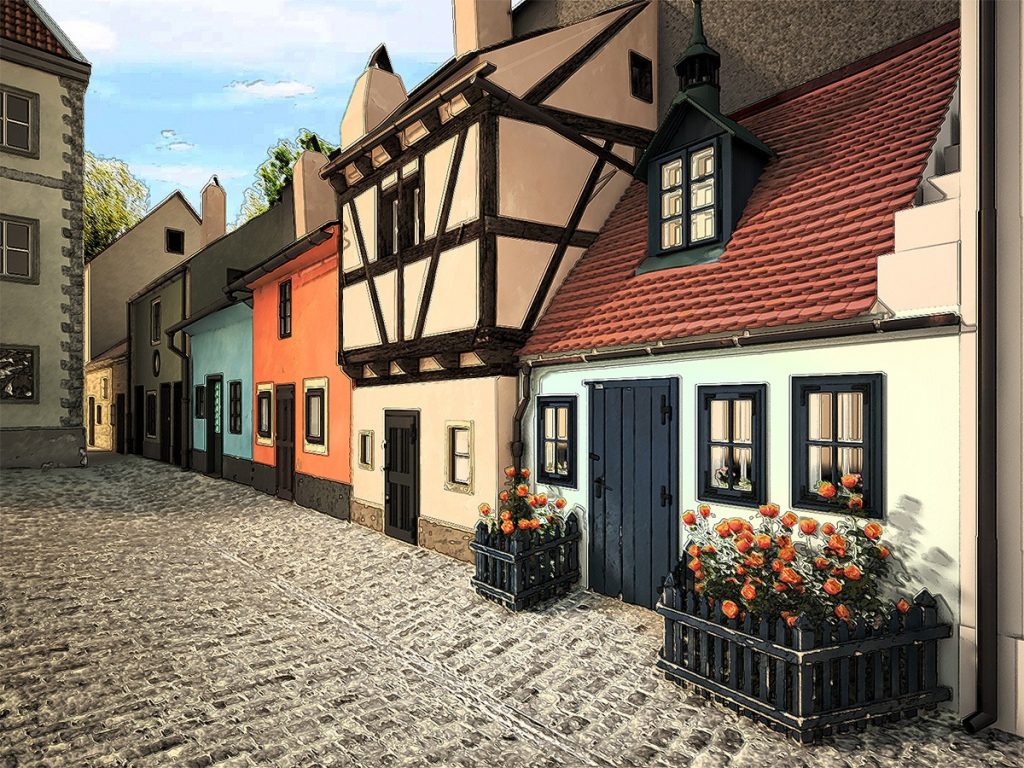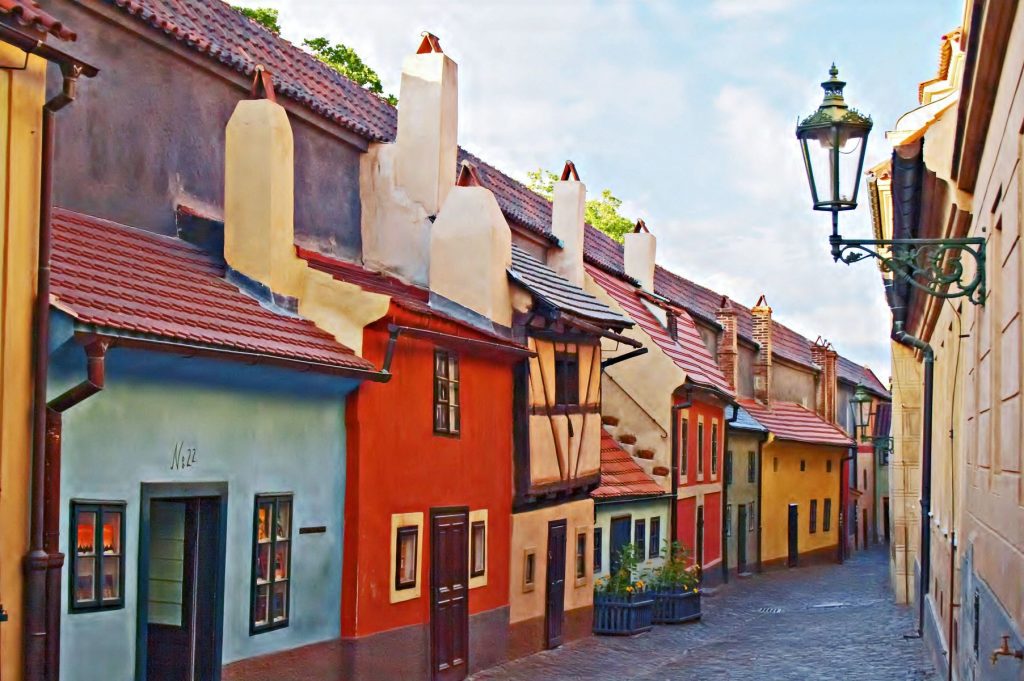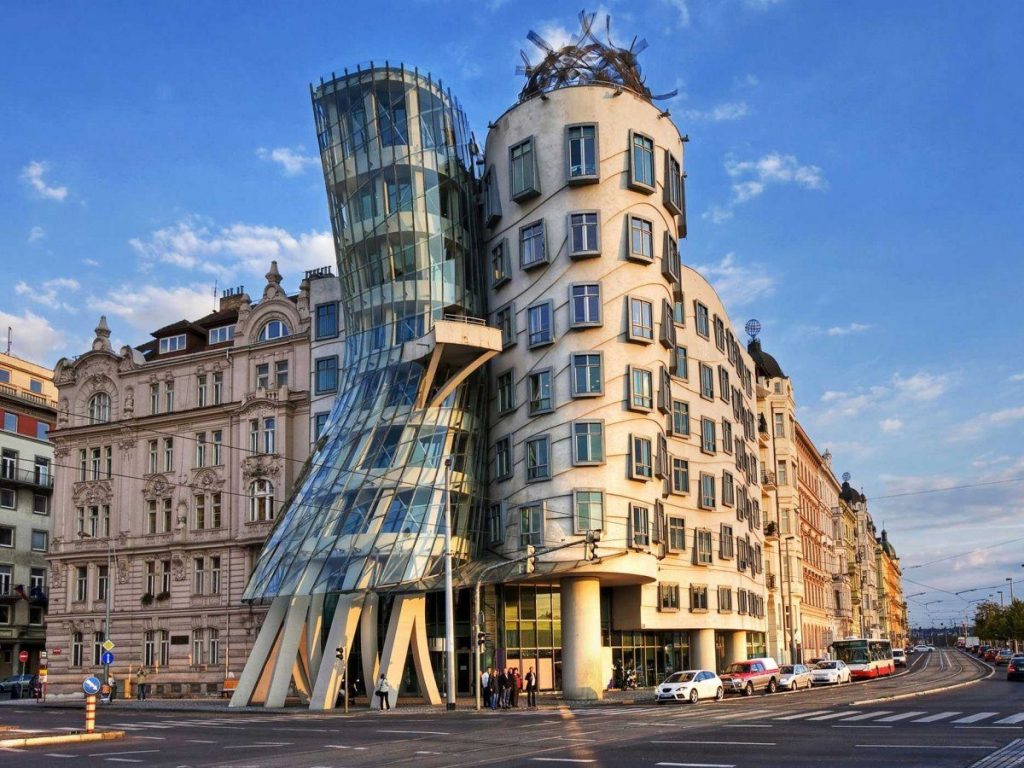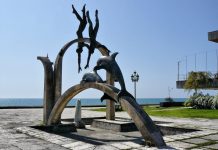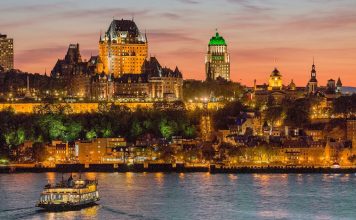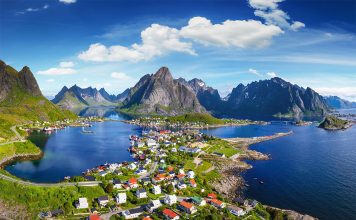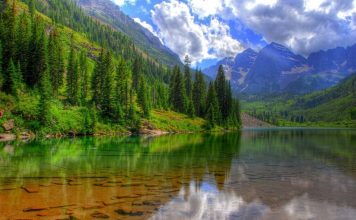Prague is an amazing city. Having been here, every tourist falls in love with this place, which harmoniously combines centuries-old history and modernity. The ancient part of the city is permeated with numerous riddles and secrets. This is the place where most of the sights of the Czech capital are gathered. Walking through its streets and squares, as if you find yourself in the Middle Ages. What is worth seeing during a trip to Prague?
The Charles Bridge
The bridge connecting the two districts of the capital, Mala Strana and Stare Misto, across the Vltava, got its name in honor of Charles IV. It was built in the XIV century, especially for the Czech rulers to move to the other side of the river. In 1974, he received pedestrian status. Today it is one of the most popular tourist places in Prague. Costumed performances are regularly held here, and street artists draw their masterpieces.
Wenceslas Square
The square is the cultural center of the capital and is located in the district of Nove Misto. Here various events of state and public importance take place regularly. Along the perimeter of the square there are expensive hotels, shops of famous brands, offices of large companies, fabulous restaurants and nightclubs popular among young people.
The square received its name in honor of St. Wenceslas, whom the locals have for many centuries considered their patron. In the XIV century, criminals were executed at this place and held fairs. Later, local merchants and craftsmen began to settle here.
Old Town Square
Life in this part of Old Mist has been in full swing since the 12th century. At that time, a large shopping market was located on the main square, where a variety of goods were delivered for sale along the Vltava River. Around the square you can see old buildings that miraculously did not suffer during the Second World War. Therefore, today everyone has the opportunity to touch the history of the ancient city, represented by architectural samples in the Baroque and Gothic styles.
Old Town Hall
As soon as in the XIII century, Stare Misto received the status of a city, it was decided to build a town hall on its main square, in which the local government gathered for its meetings. During its existence, the Town Hall significantly changed, and many extensions appeared around it. At the top of the old town hall you can see the Astronomical Clock, which operates from the XV century. They are a unique creation of masters and consist of numerous dials built into one watch.
Karlstejn Castle
This famous all over the Czech Republic castle is located 30 km from the city. It is an impregnable fortress, in which for many centuries the most important documents for the Czech Republic, symbols of power, jewels and other valuable relics have been kept.
The castle was built in the XIV century by order of Charles IV. He personally supervised the entire process of building construction and decoration. The walls of the castle preserved the memory of many rulers of the country. Here and today you can see ancient relics.
Tyn Church
This majestic building built in the style of the Gothic, is a symbol of the Old Town Square. Its construction began in the XIV century and lasted more than 150 years. In these walls are kept the ashes of many historical figures. And from the 80-meter towers that tower above the temple, breathes the spirit of the Middle Ages. Tourists are amazed by the rich decoration of the temple and dozens of luxurious altars.
Prague Castle
This complex of unique structures due to its size was in the Guinness Book of Records. On its territory are located the ancient cathedrals and palaces, museums and galleries, towers and chapels. The first settlement in this place originated in the IX century. Today, the Czech government is going here.
Old royal palace
Starting from the XII century and up to the XVI, the royal residence was located here. The stone building was built by Sobeslav I on the site of a wooden building. Thick stone walls were necessary to protect against enemies. During the reign of Vladislav II, the castle was reconstructed in the Gothic style, and only the ground floor remained of the old building.
Troy castle
On the outskirts of the city you can visit the palace, built in the Baroque style. Outwardly, it is very reminiscent of old Italian villas. The castle contains a unique collection of wines, a collection of paintings of the XIX century and oriental ceramics. In the Imperial Hall frescoes are preserved in which the most significant events in the life of the Habsburg dynasty are depicted.
Vyšehrad fortress
Vysehrad originated in the tenth century and reached an unprecedented peak in just 100 years. It was then that a castle was built on the hill with fortifications around it. However, this place fell into disrepair very quickly, and was revived only during the reign of Charles IV.
During a visit to the fortress, you can see the Basilica of Saints Peter and Paul. Historians associate the formation of Czech statehood with this place. Vratislav II began to build it in the XI century. For the sample was taken Vatican Cathedral. However, he failed to finish it because of the fire.
St. Vitus Cathedral
The cathedral is the main temple of Prague. It was erected on the site of the basilica, which was completed by Charles IV. The construction of the cathedral took 400 years, and was completed only in 1929.
National Theater
The main theater of the Czech capital belongs to the symbols of the rebirth of the nation. Its construction was carried out entirely with donations from local residents. The first performance on his stage was given in 1881. However, in the same year, the building suffered a terrible fire. The restoration took 2 years, after which the theater was reopened. National Theater is located on the banks of the Vltava. And its luxurious interior is often compared with the Vienna Opera.
National Museum
The building built in the neo-Renaissance style contains historical expositions telling about the past of the country. Among them are anthropological and paleontological finds, sculptures, books and coins found during excavations.
Powder tower
Built in the Gothic style tower stands on the site of the ancient city gates. The name of the tower was due to the powder warehouse, which was located here in the XVIII century. Today you can visit a photo exhibition. And from its observation deck offers an amazing view of the city.
Community House
This building was built on the site of a royal residence. The community house was the venue for exhibitions and various gatherings. In 1918, it was here that the independence of the state was proclaimed. Today there are concerts and music festivals.
Jewish Quarter
This place is still known as Josef. In the XI century the Jewish ghetto was located here, and until the XVIII century the quarter was surrounded by a high wall. For 150 years, the Jewish quarter was almost completely rebuilt. The only thing that has survived to our days is a Jewish cemetery, a synagogue, and several buildings of those times.
Vinarna Chertovka
The width of this street is only 70 cm, which made it the narrowest in the world. At the same time there can be no more than 1 person, so special traffic lights are installed at both ends of the street.
Golden Lane
This name has a street-museum with toy houses in which fictional characters live. The name of the street came from the XVI century, when coin minters and jewelers who served in the state treasury lived here. There is also a legend, according to which, the street received the name Golden, as the alchemists used to live here, turning various materials into gold. After World War II, all local residents were evicted, and museums were organized in their homes.
dancing House
Incredible architectural creation located in the heart of the city. A restaurant is located on the first floor of the building.
Walking through the streets of Prague, it seems that he was in medieval Europe. A closer look at the history and culture of the city will help visiting its attractions.




